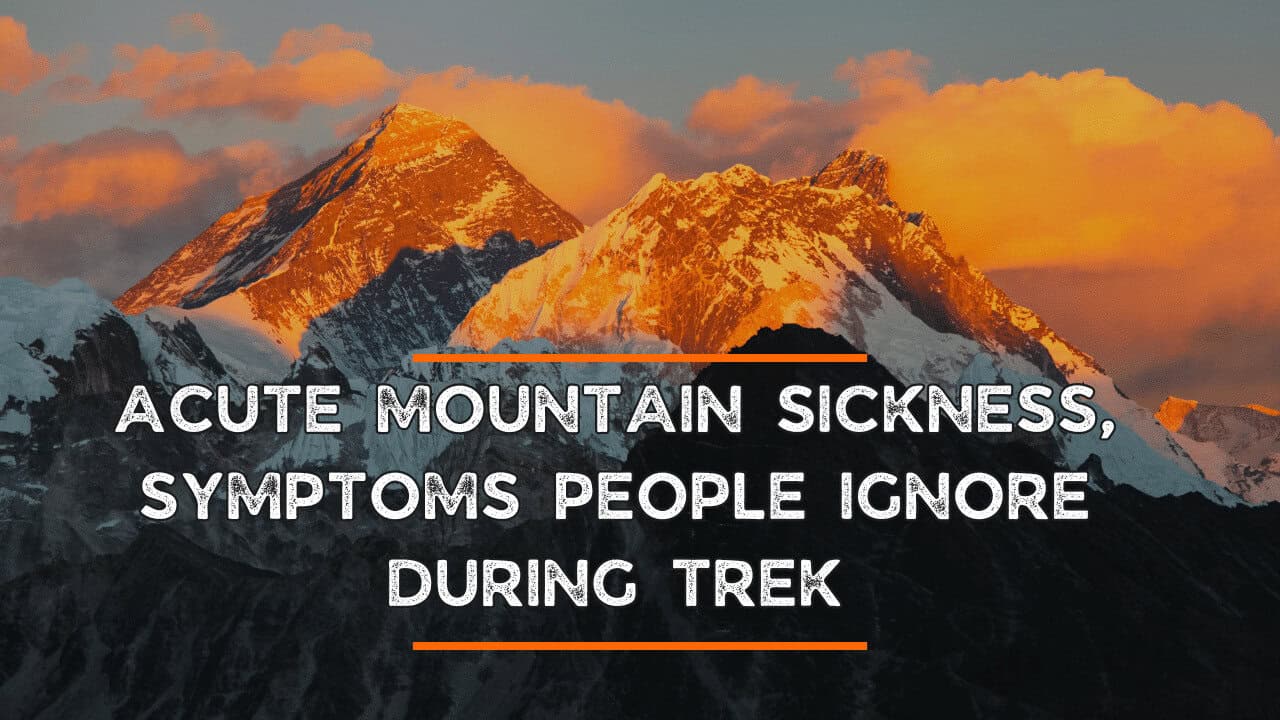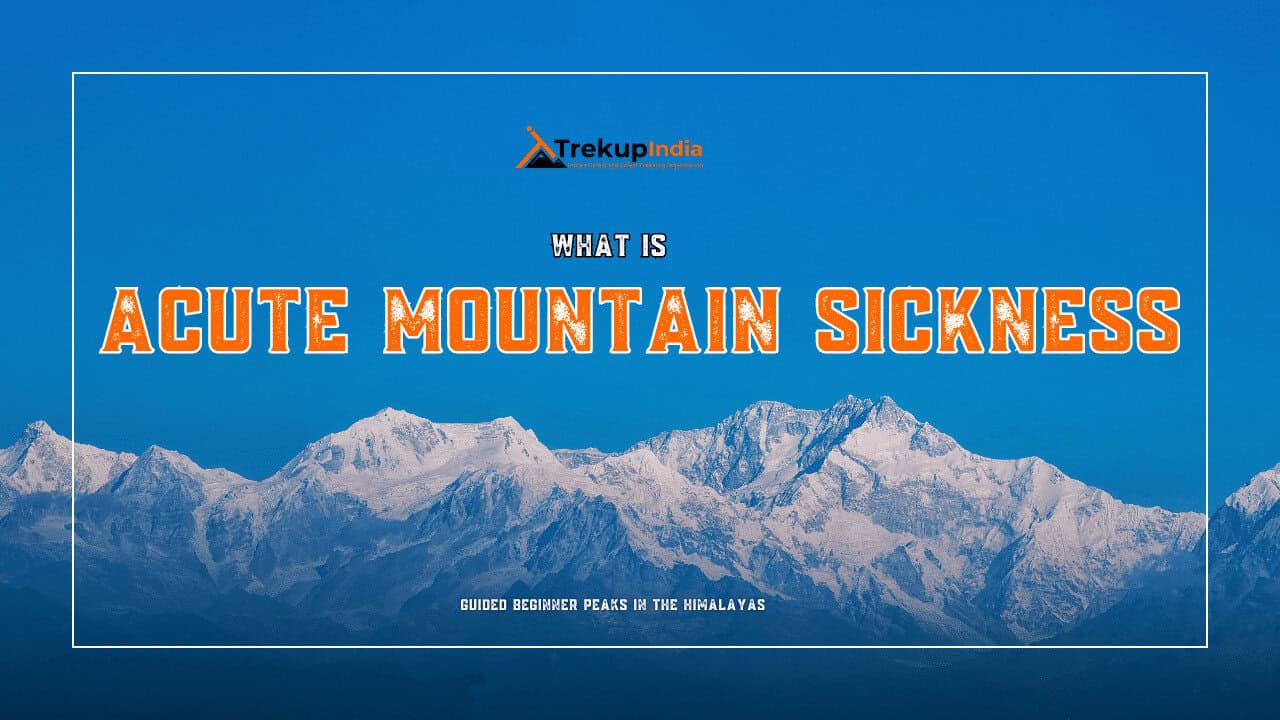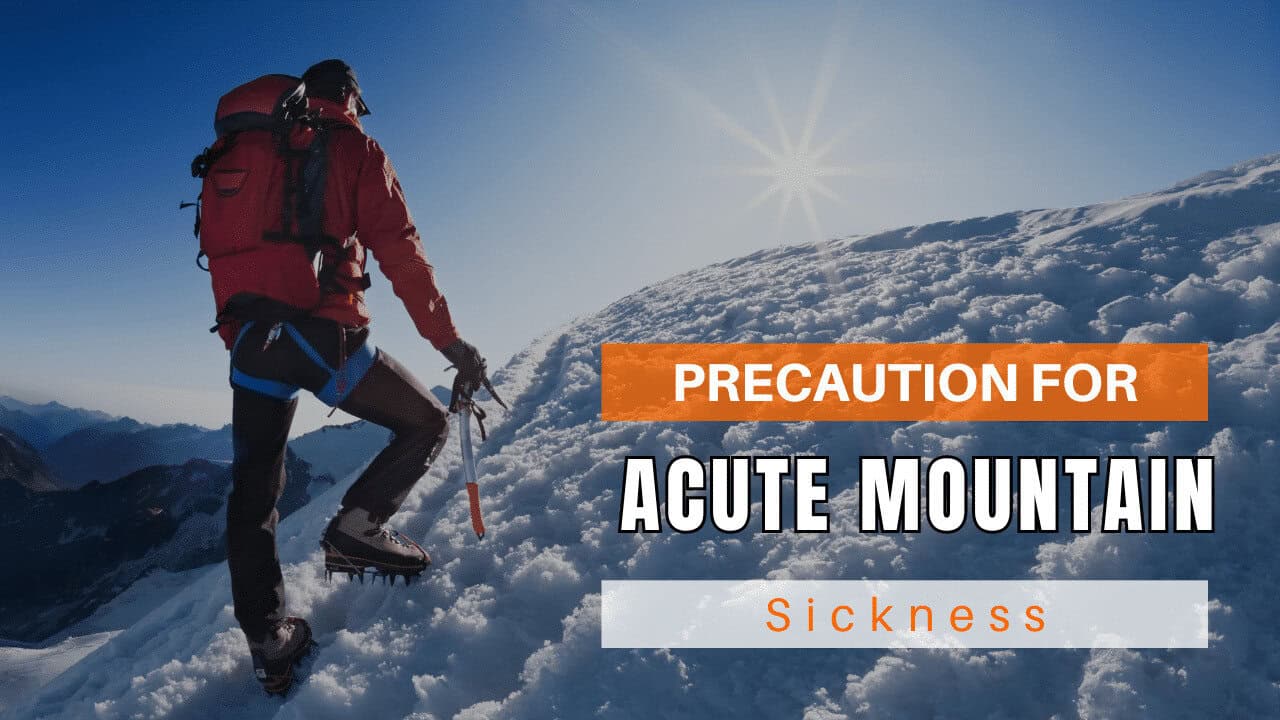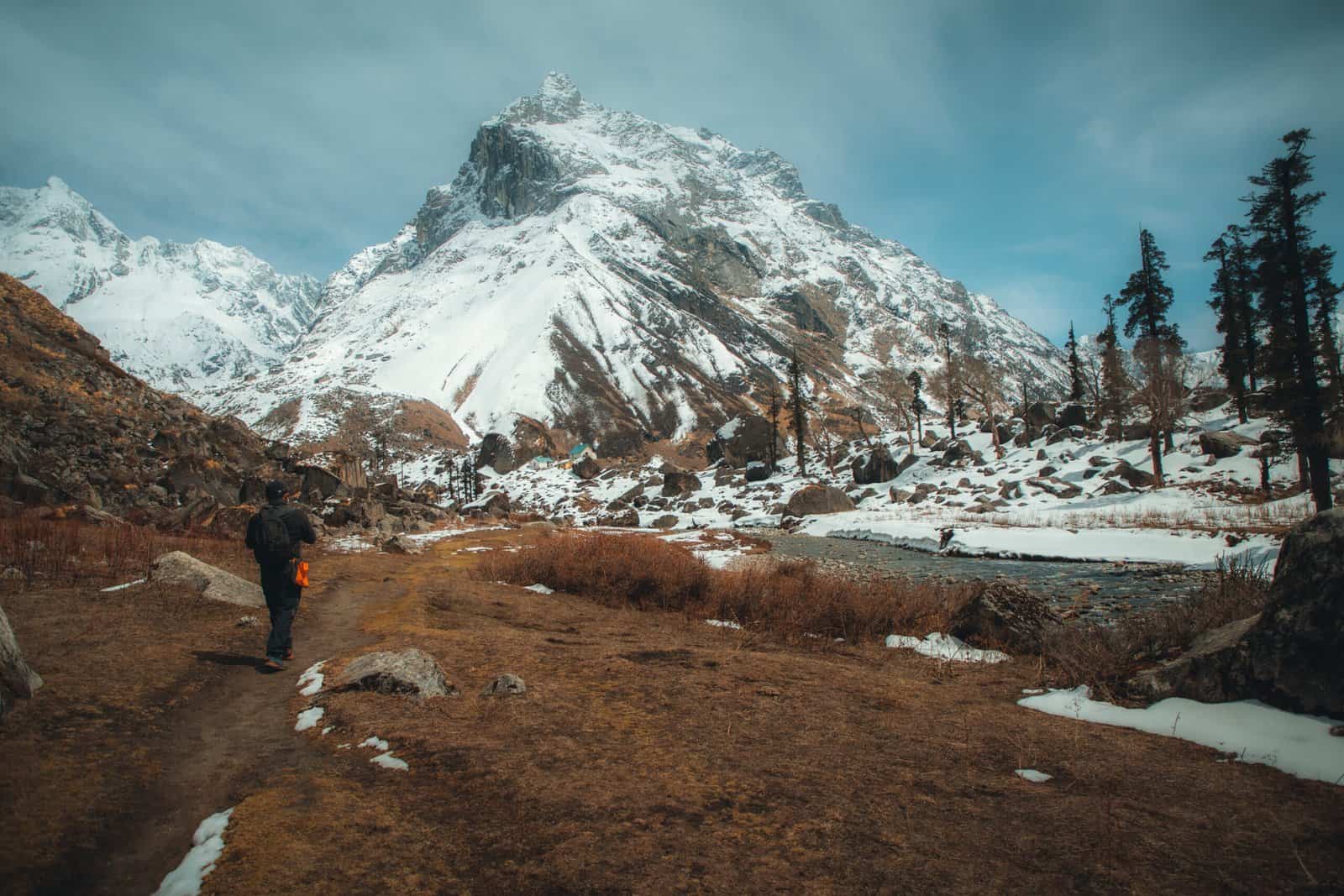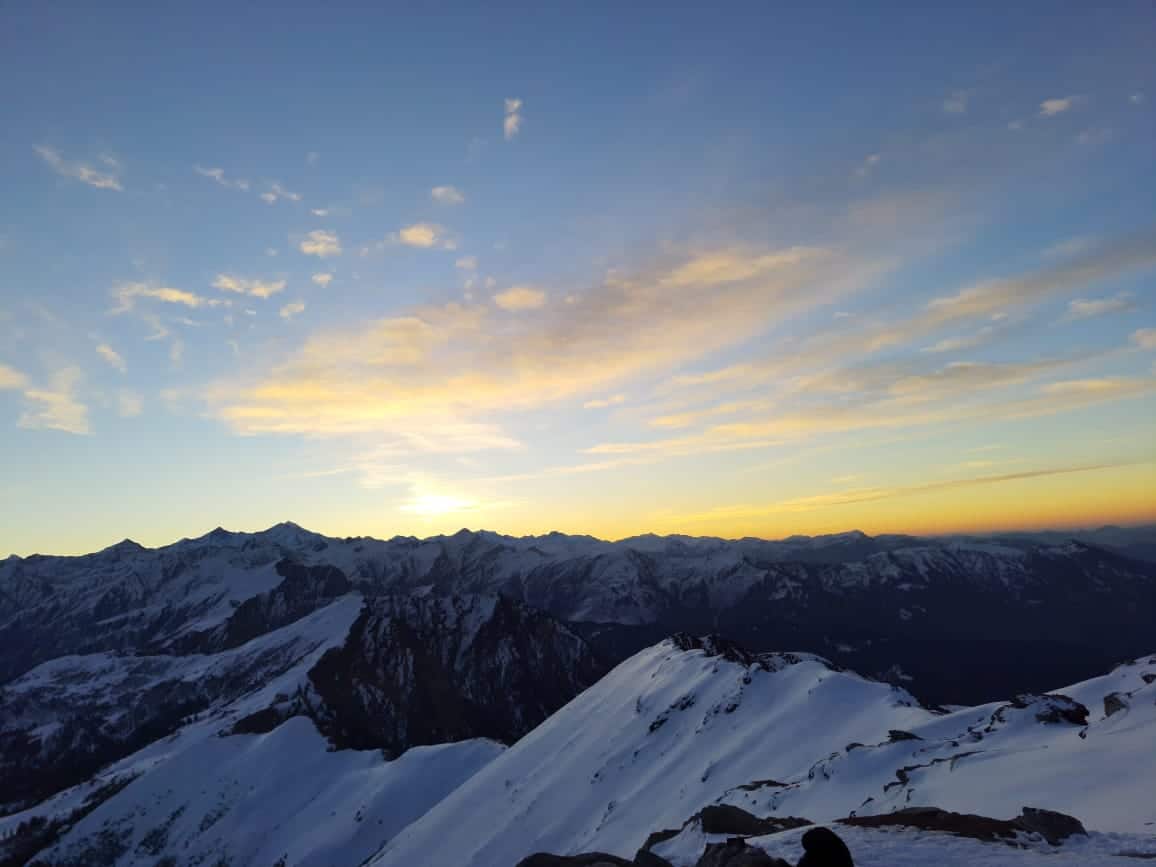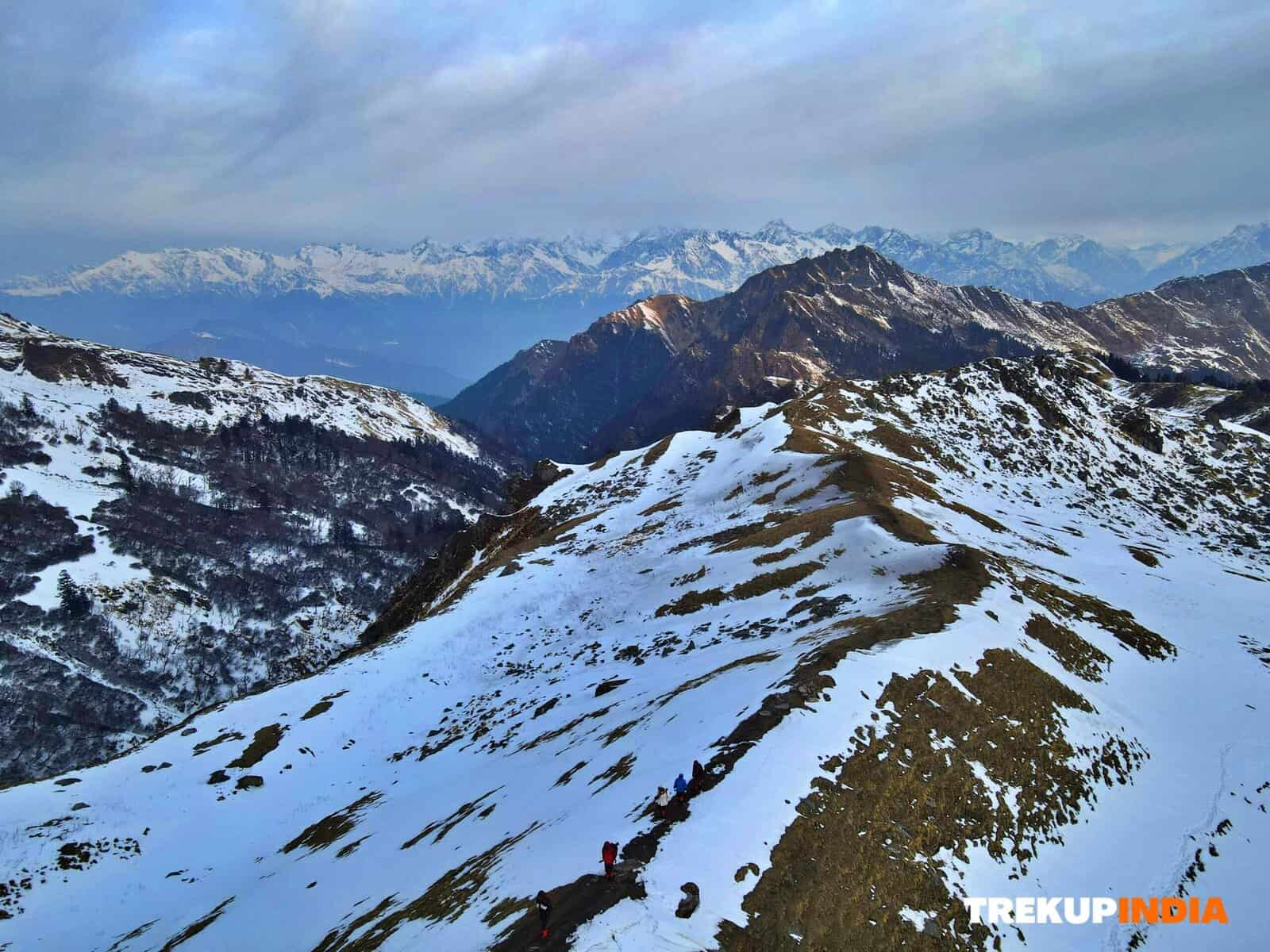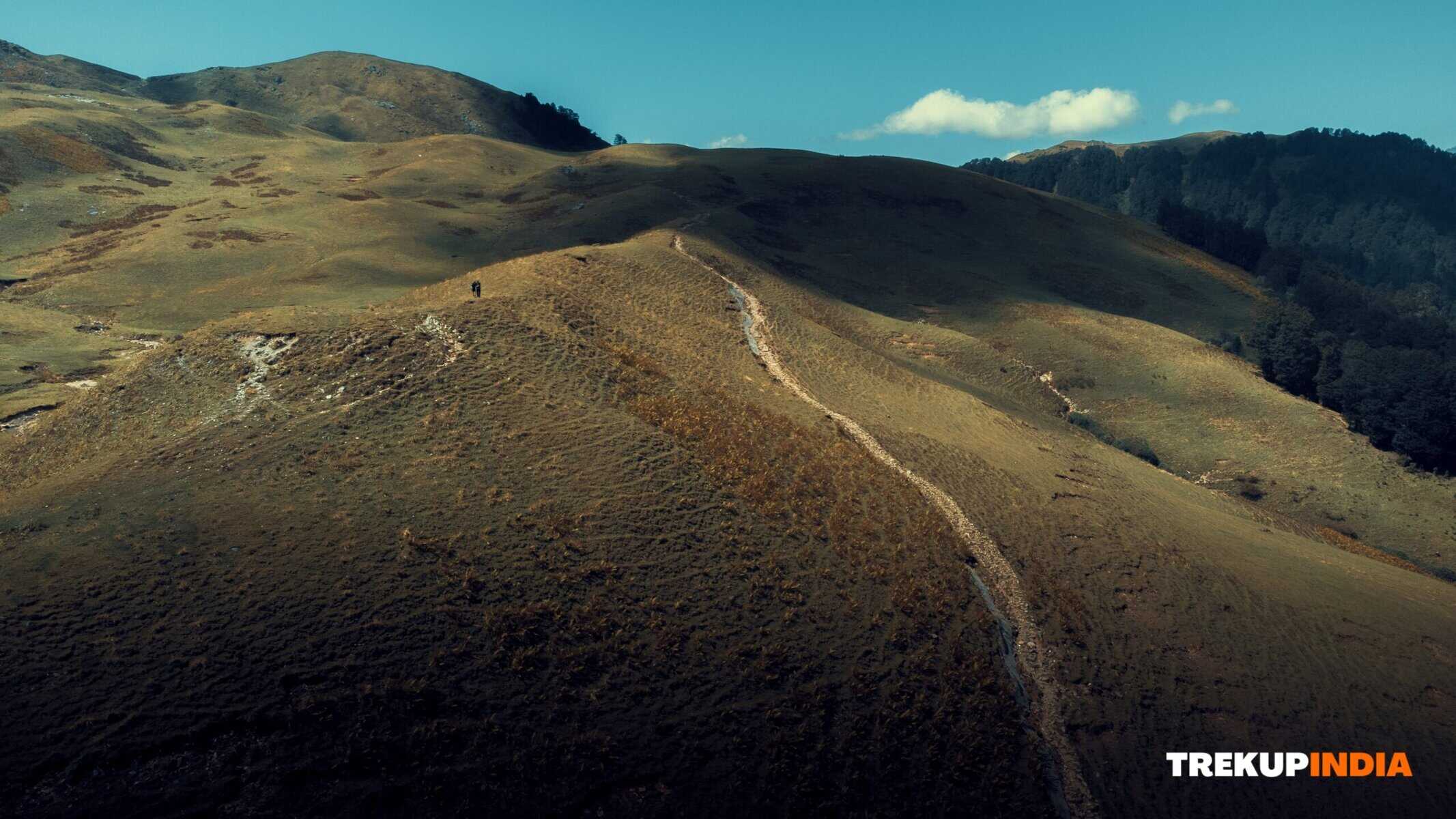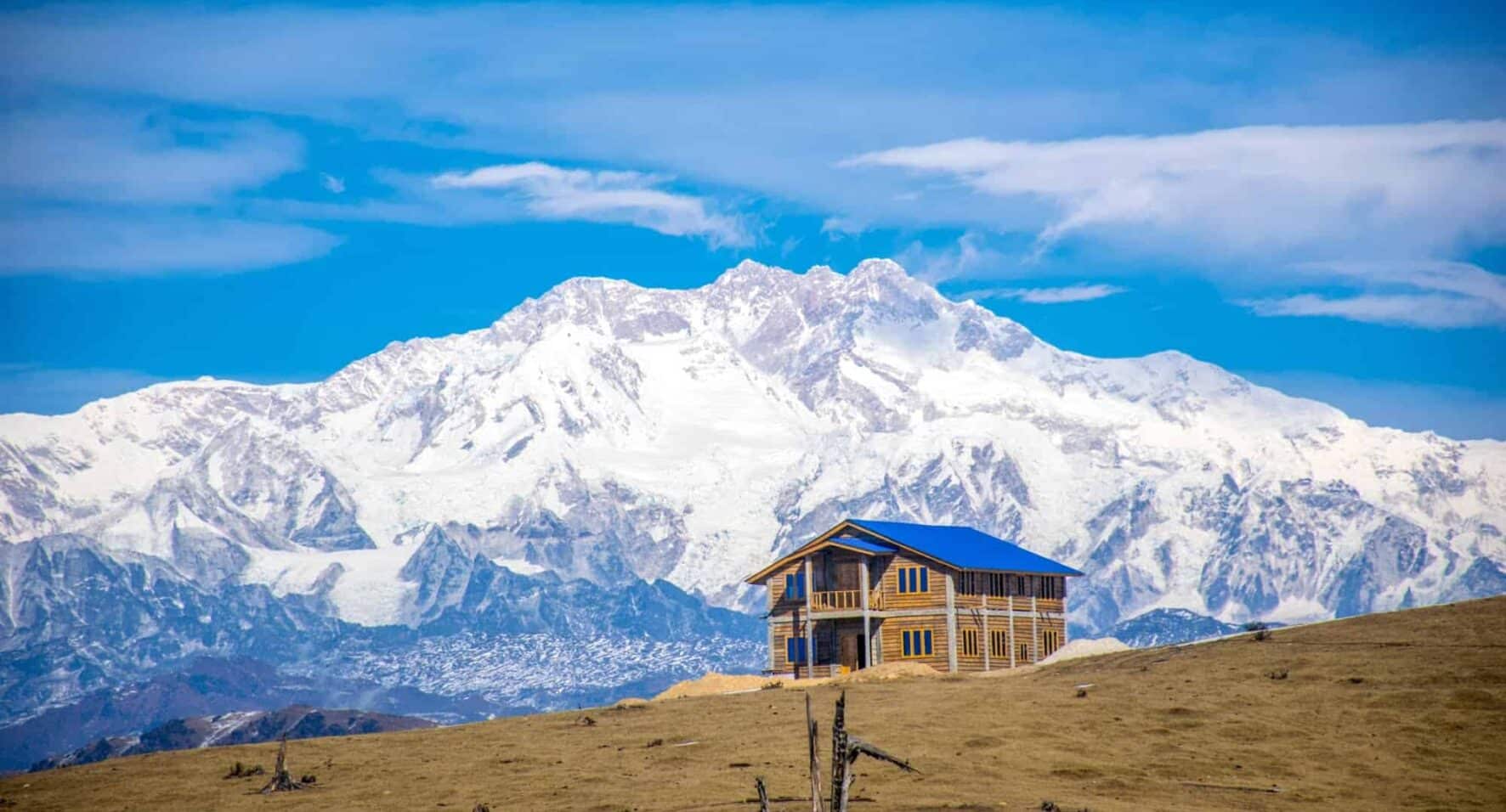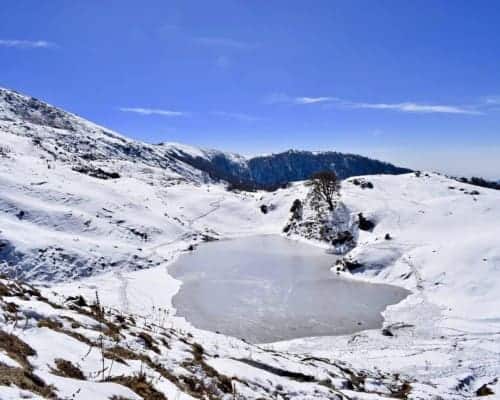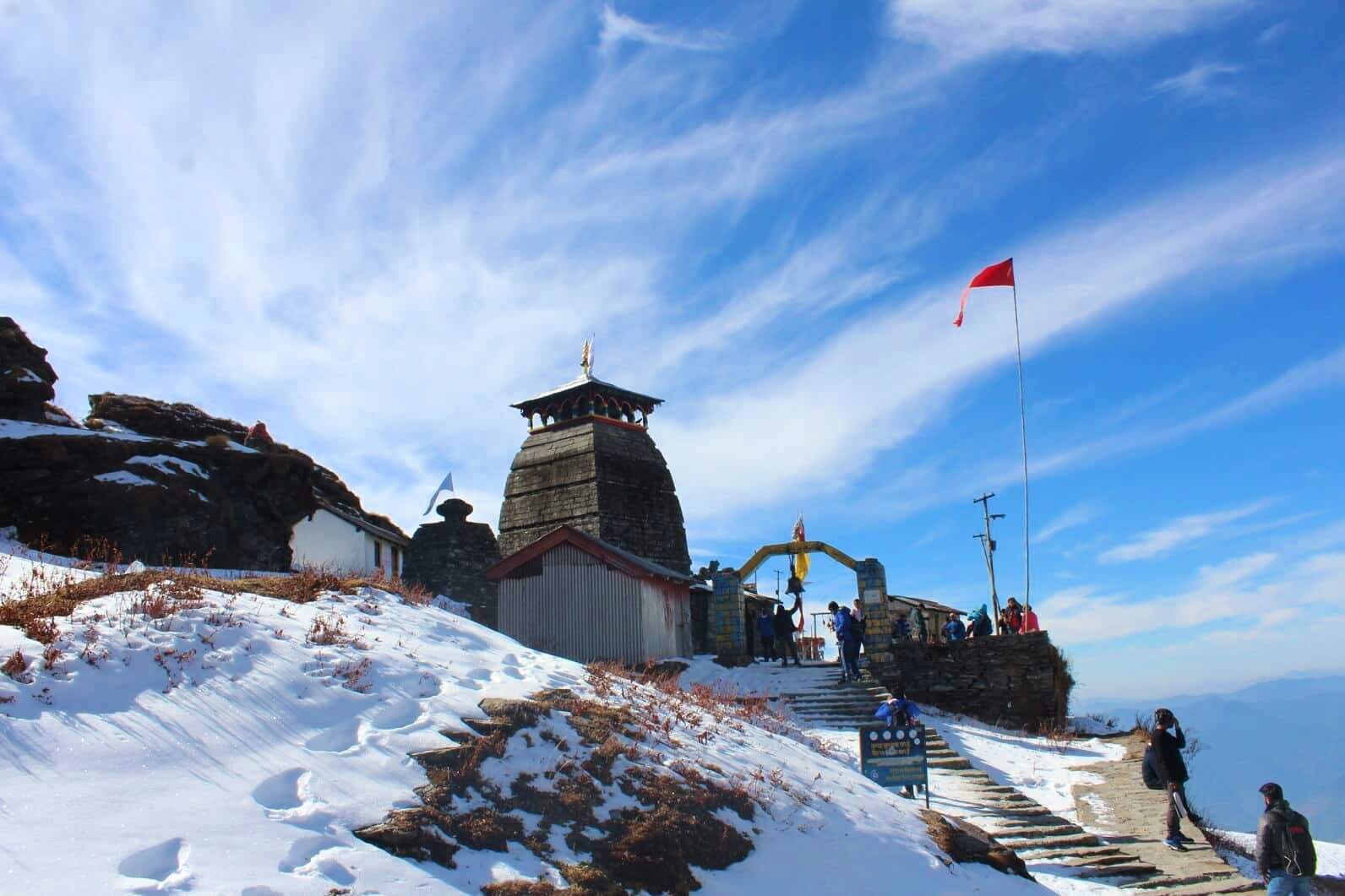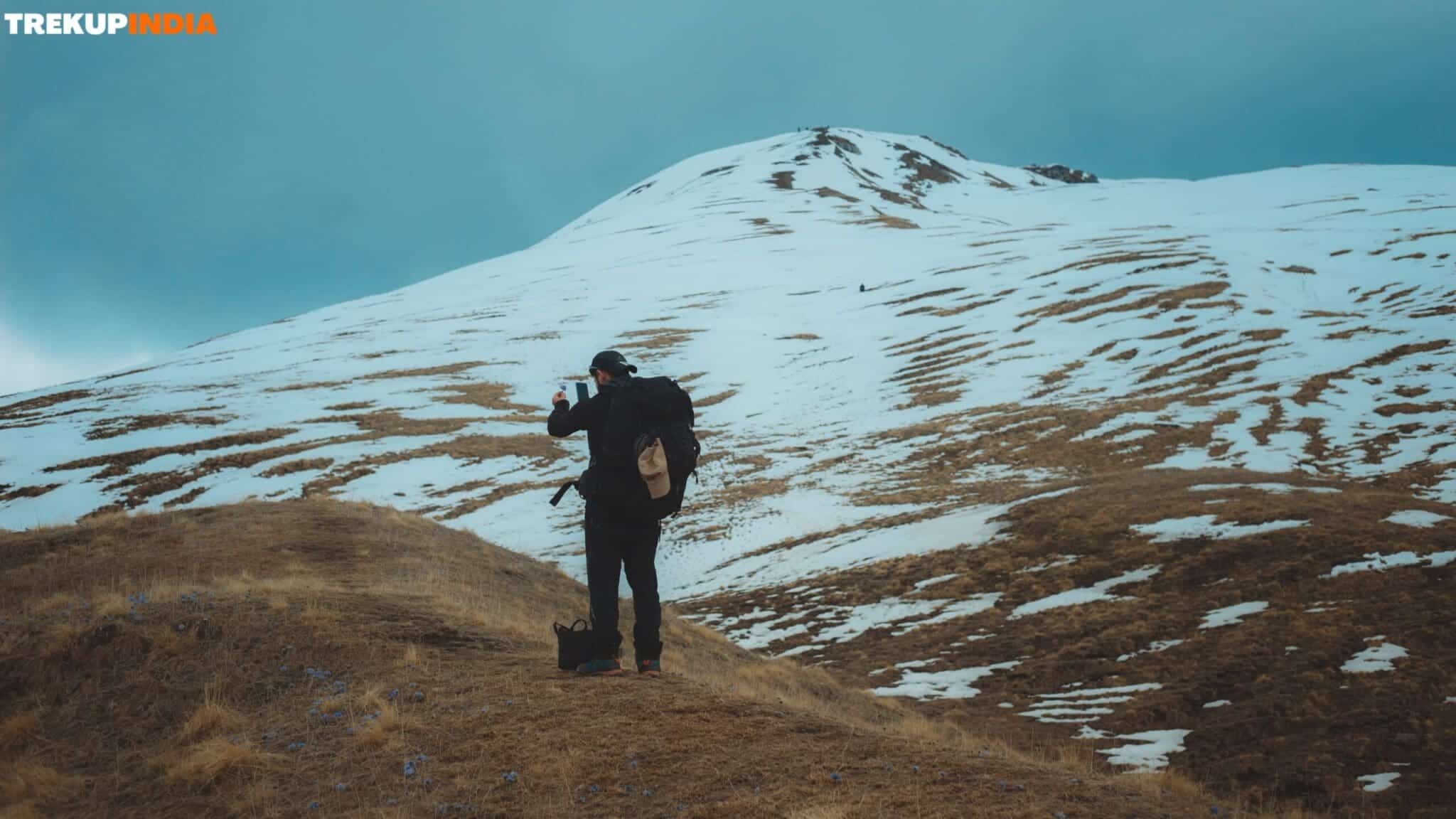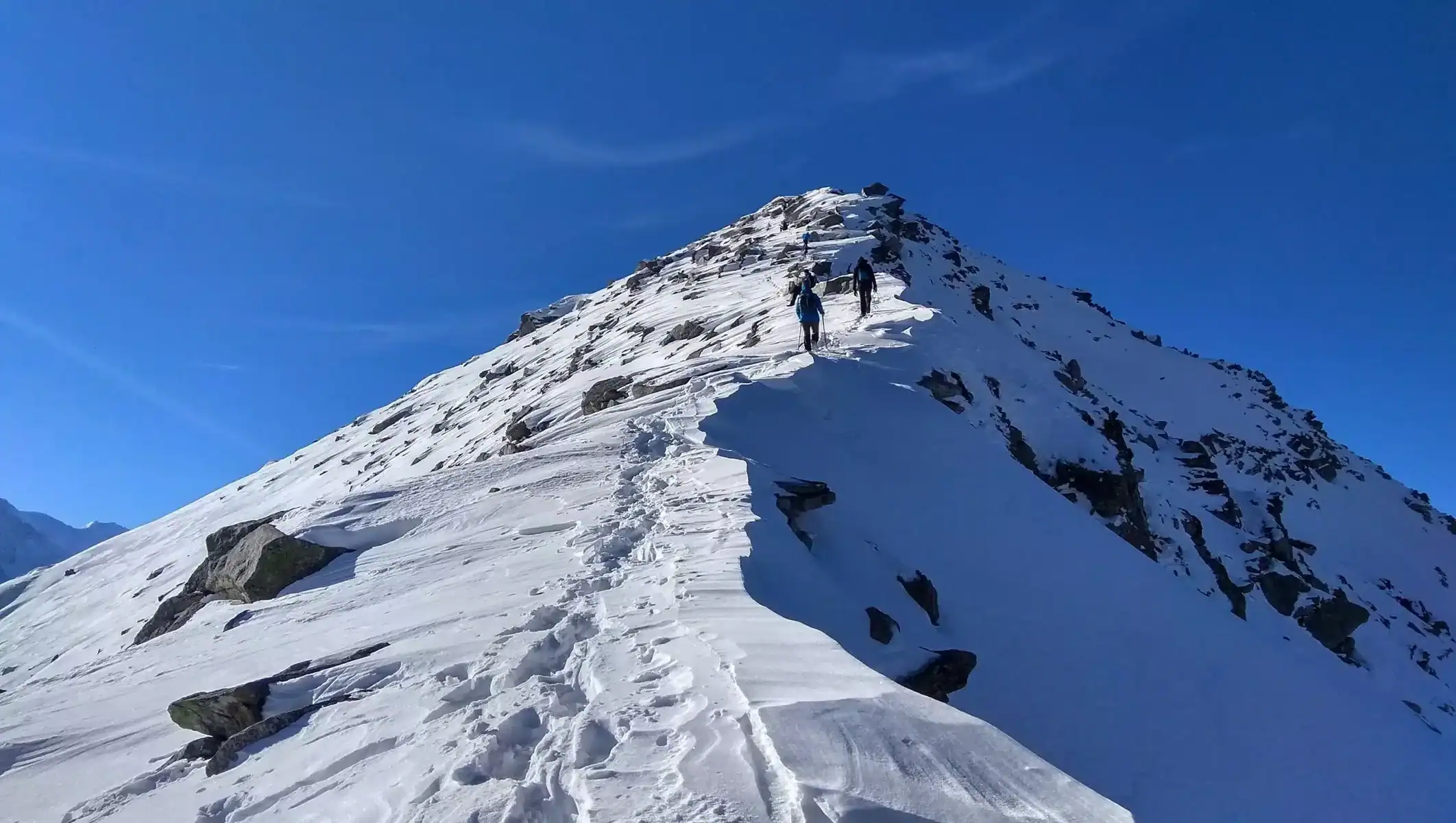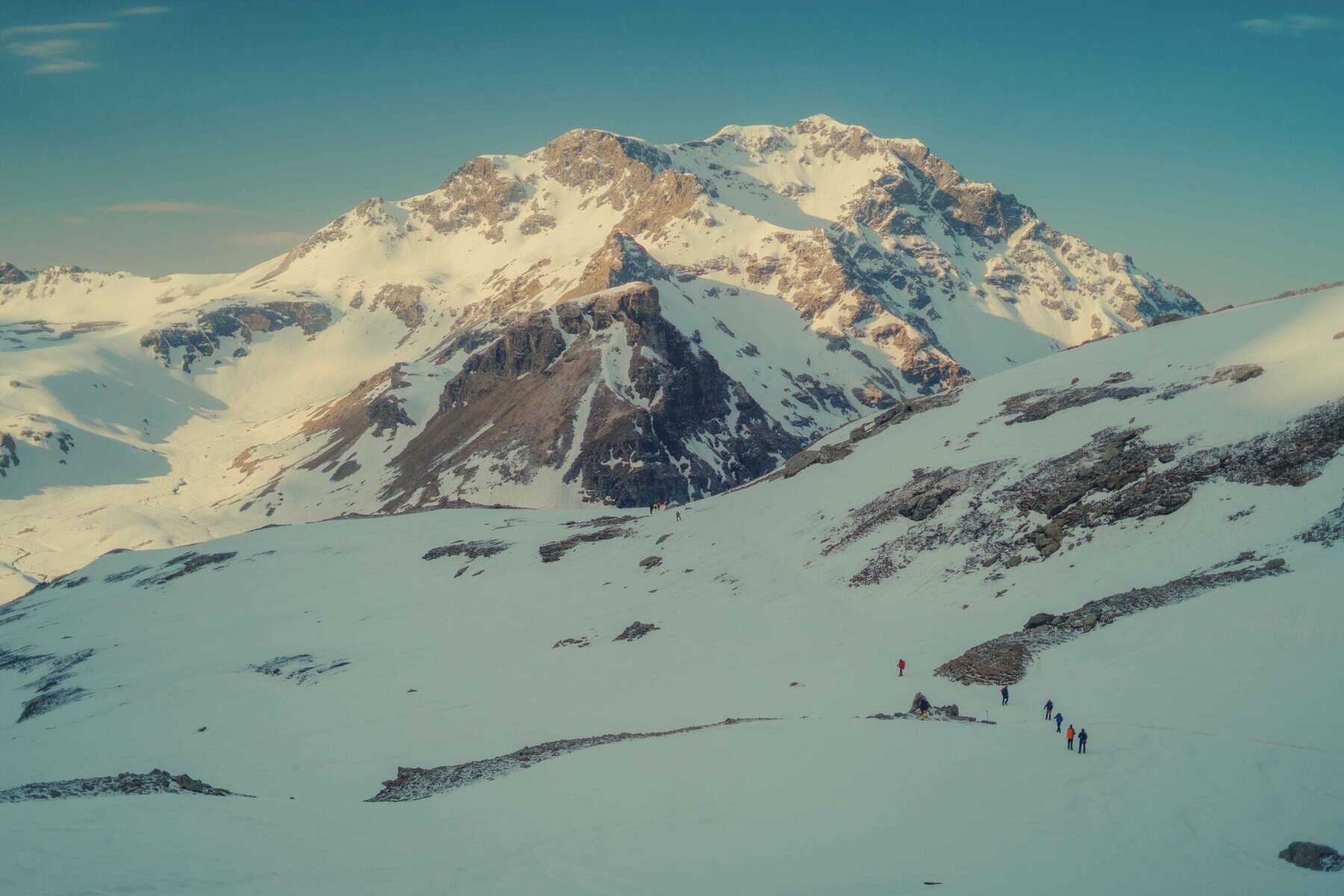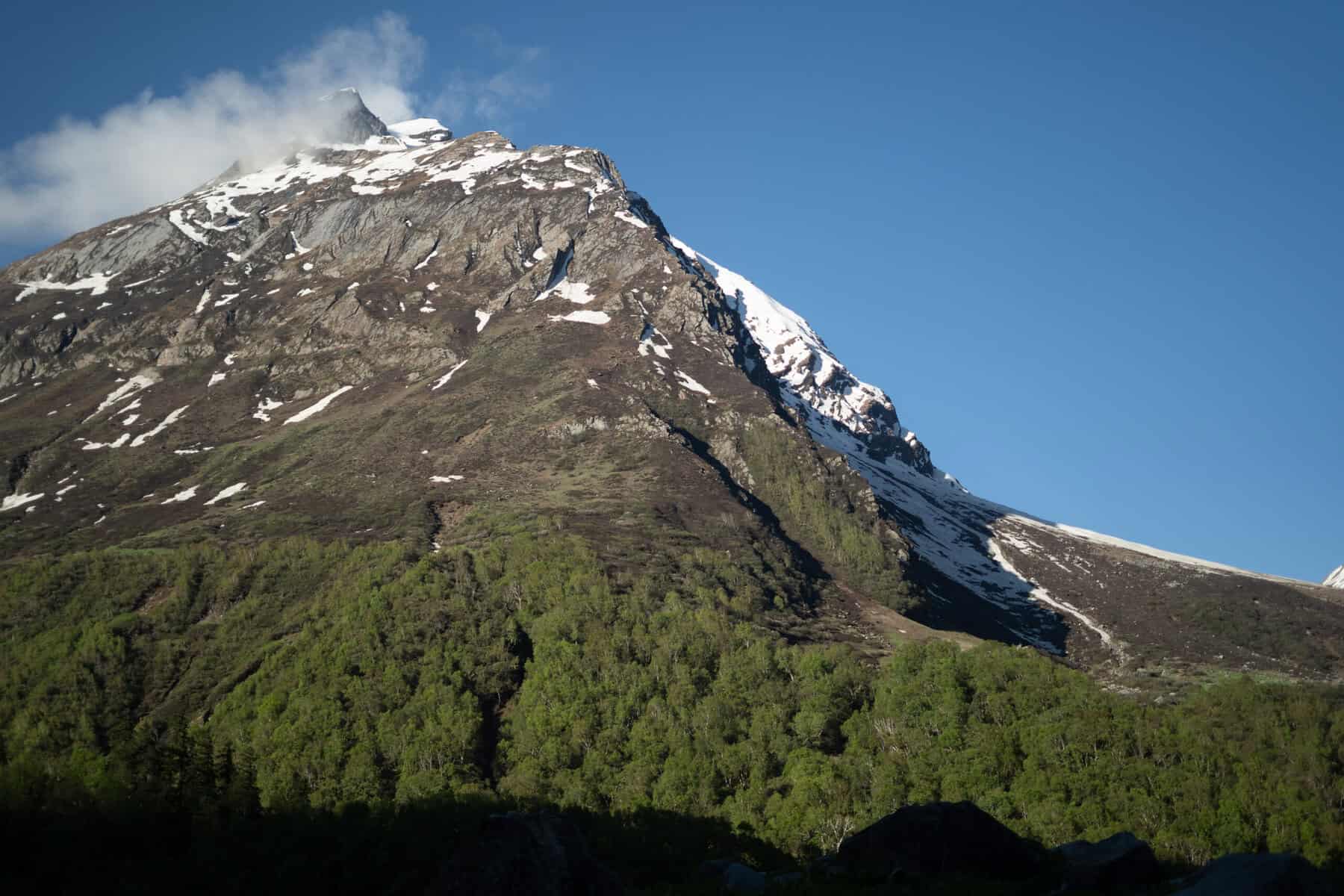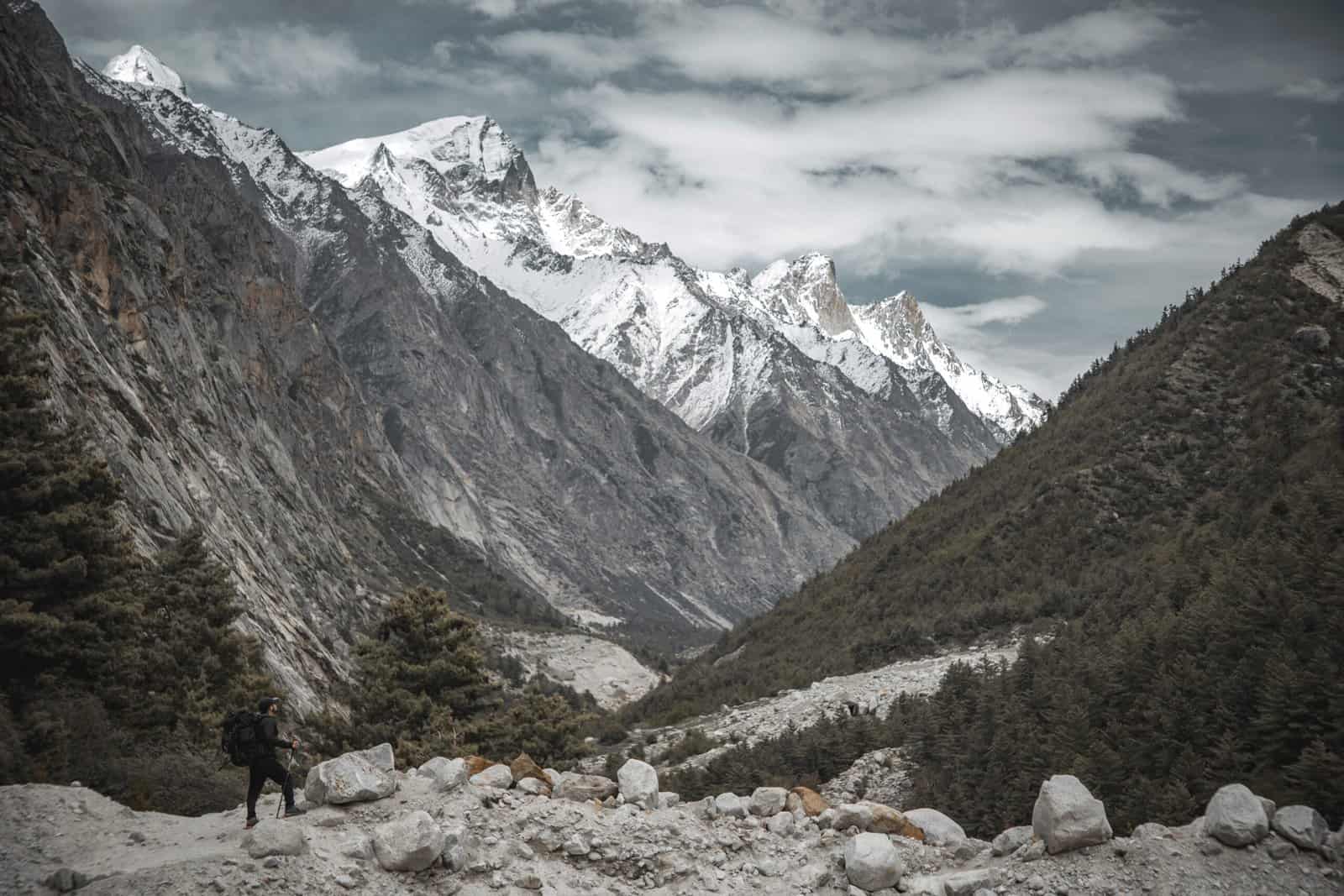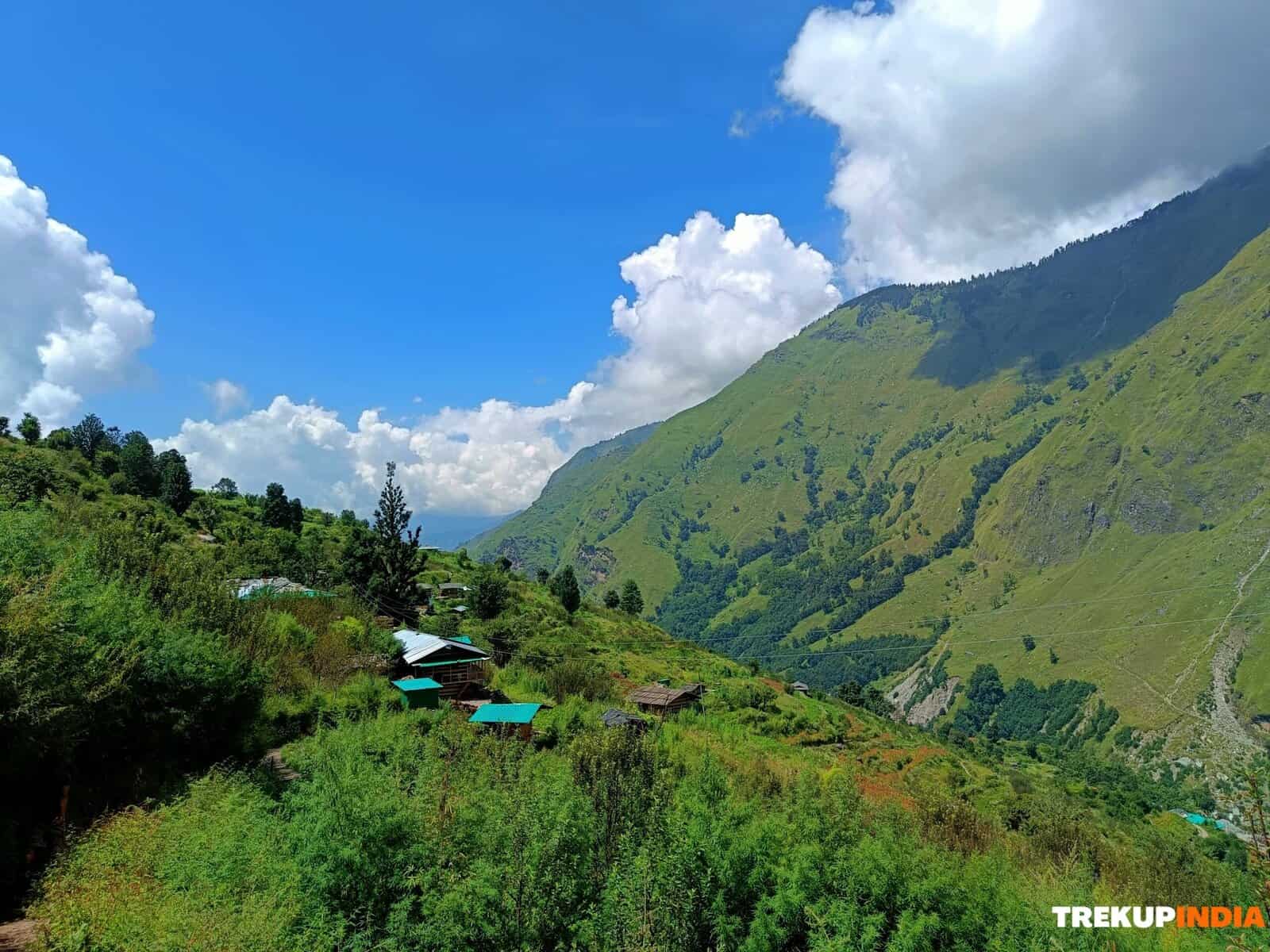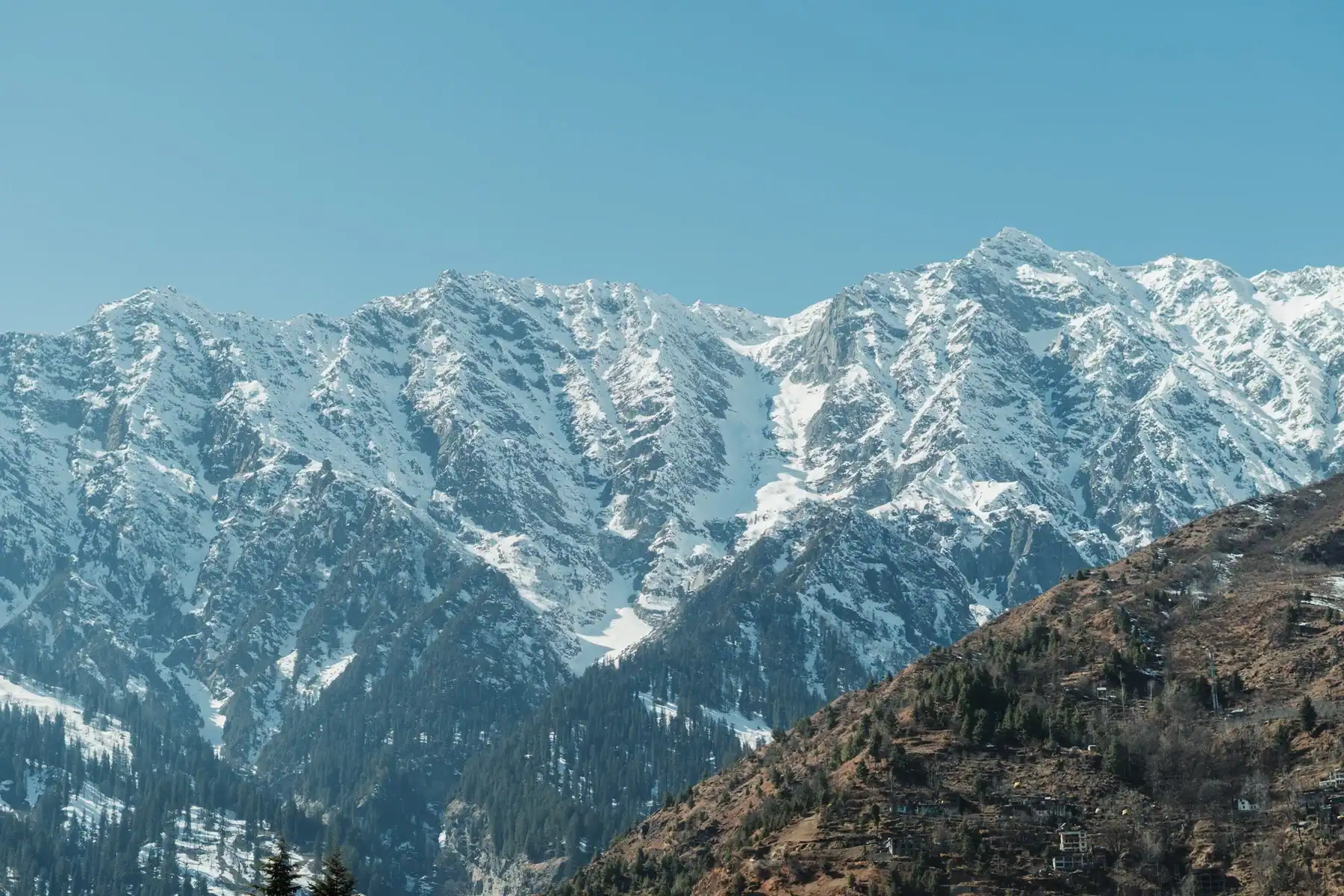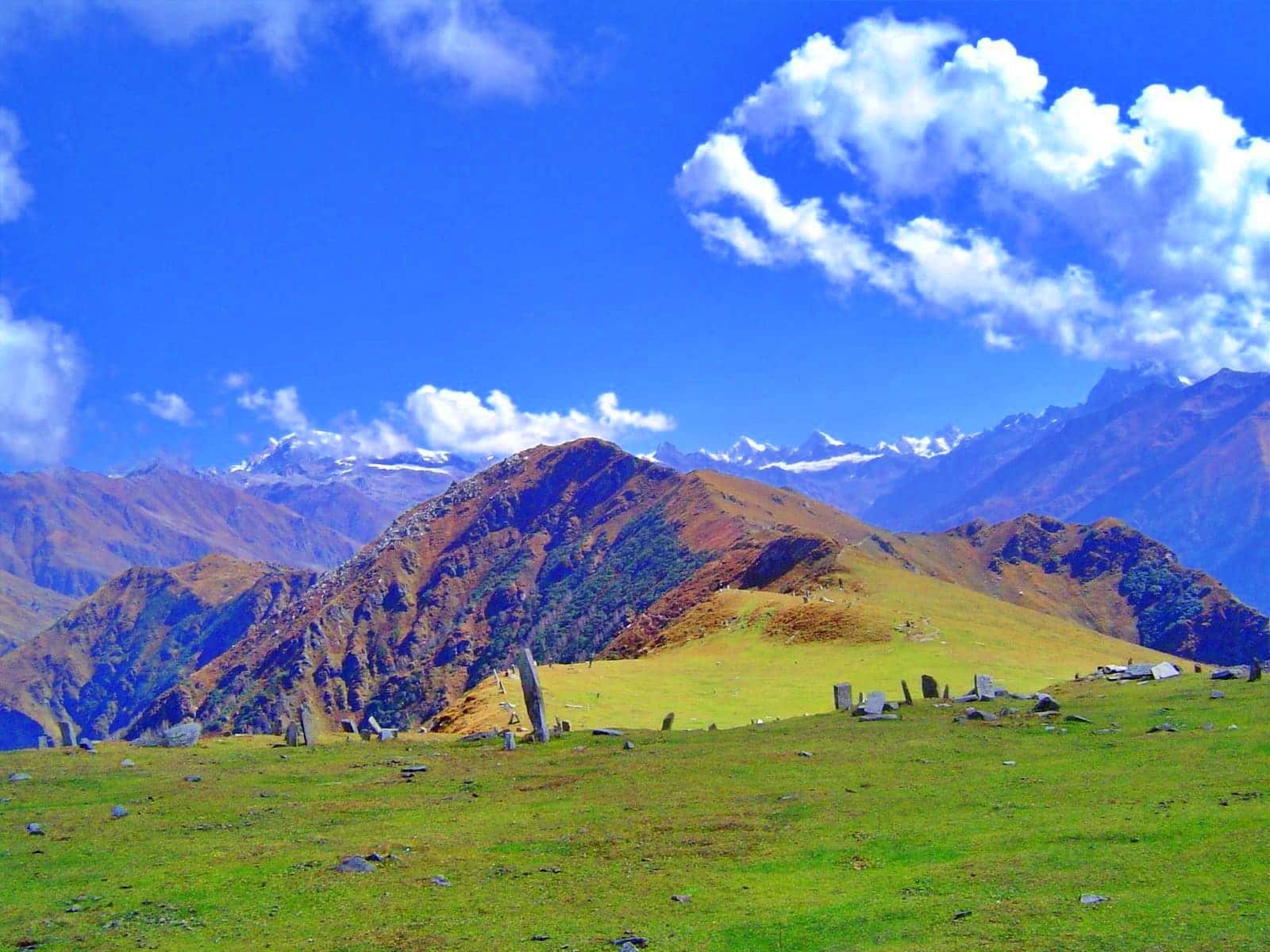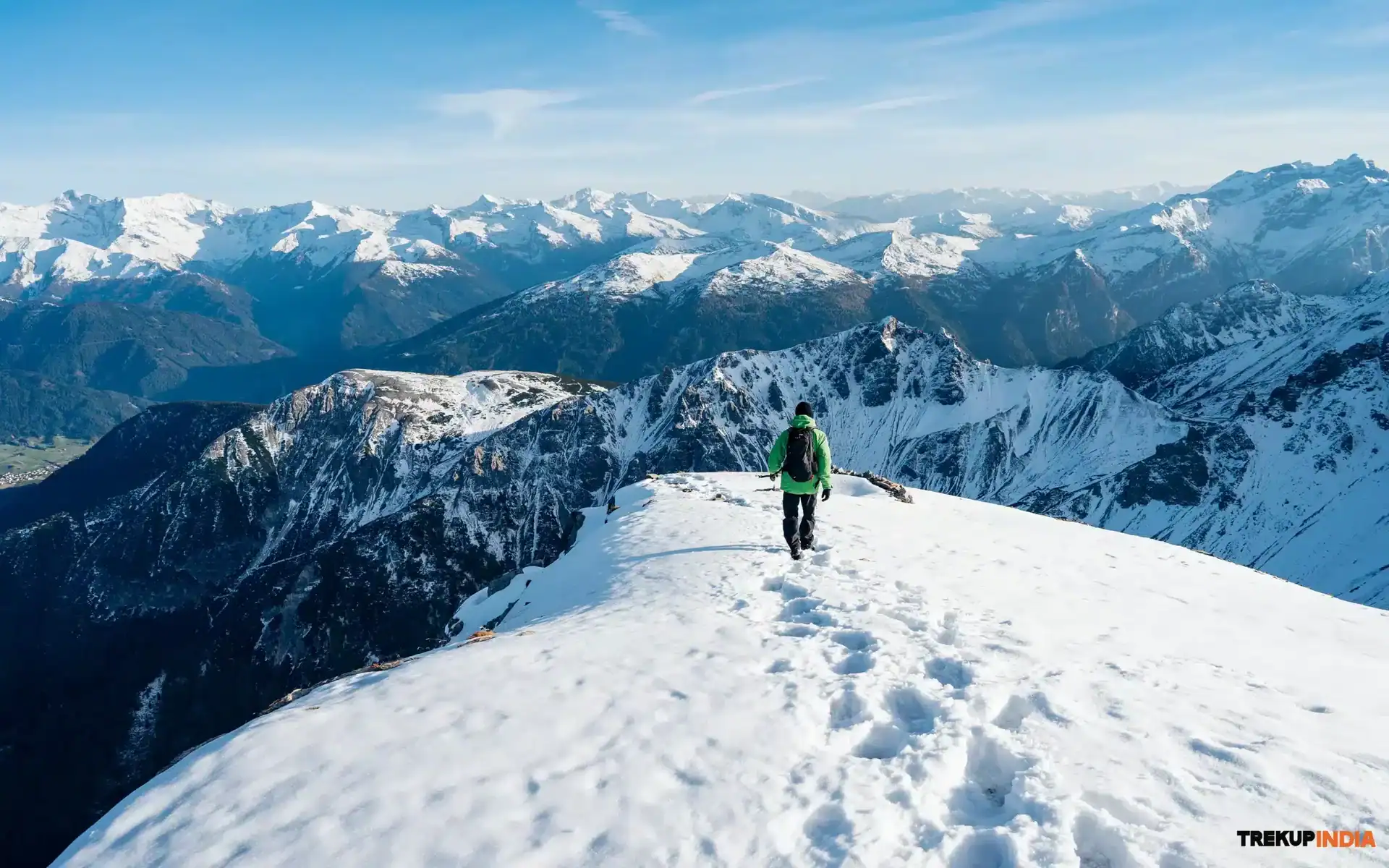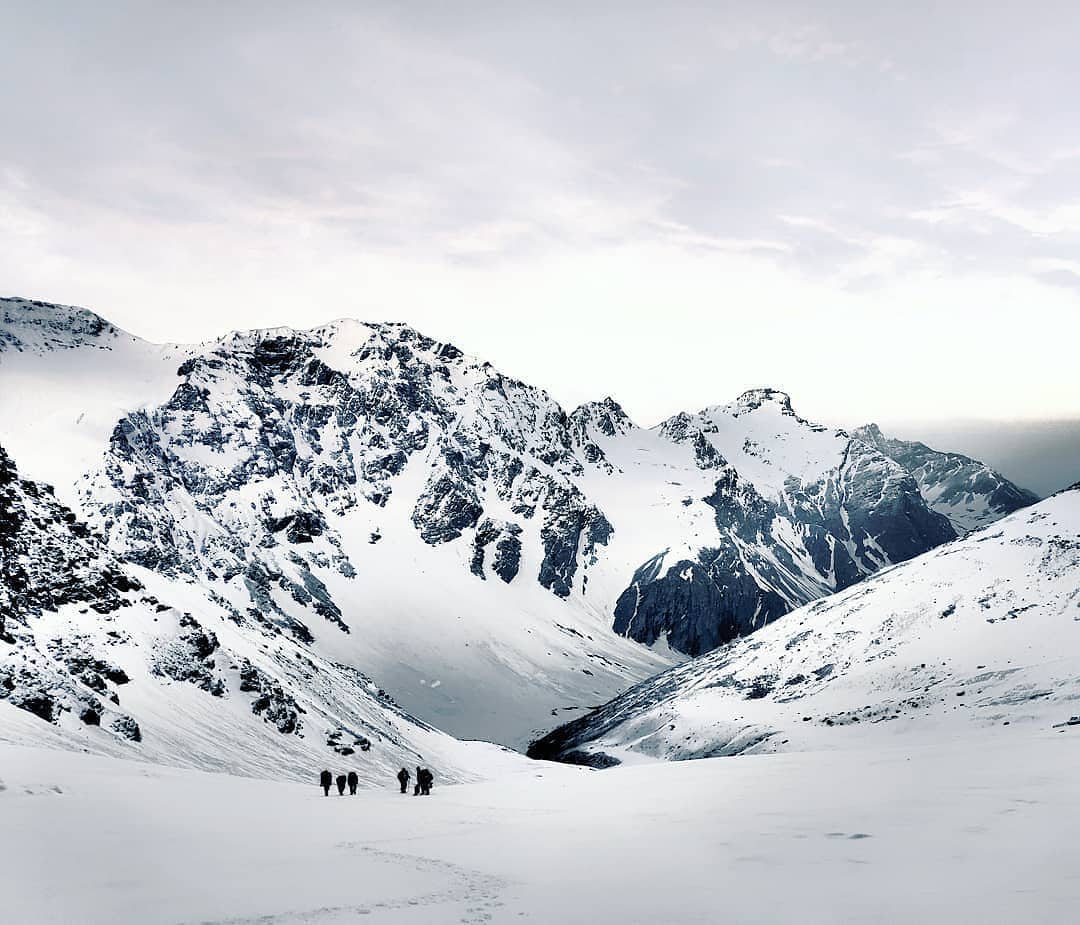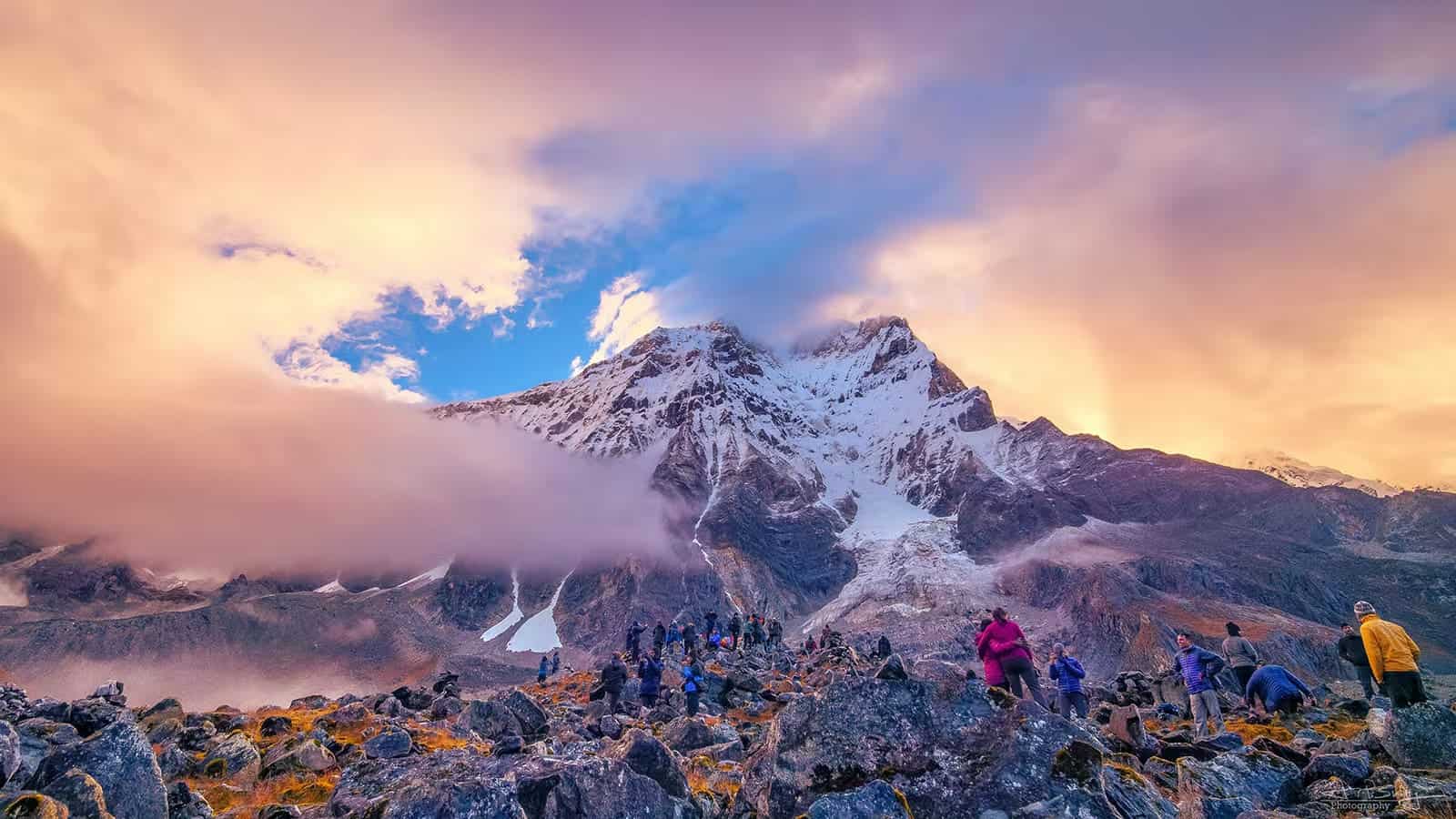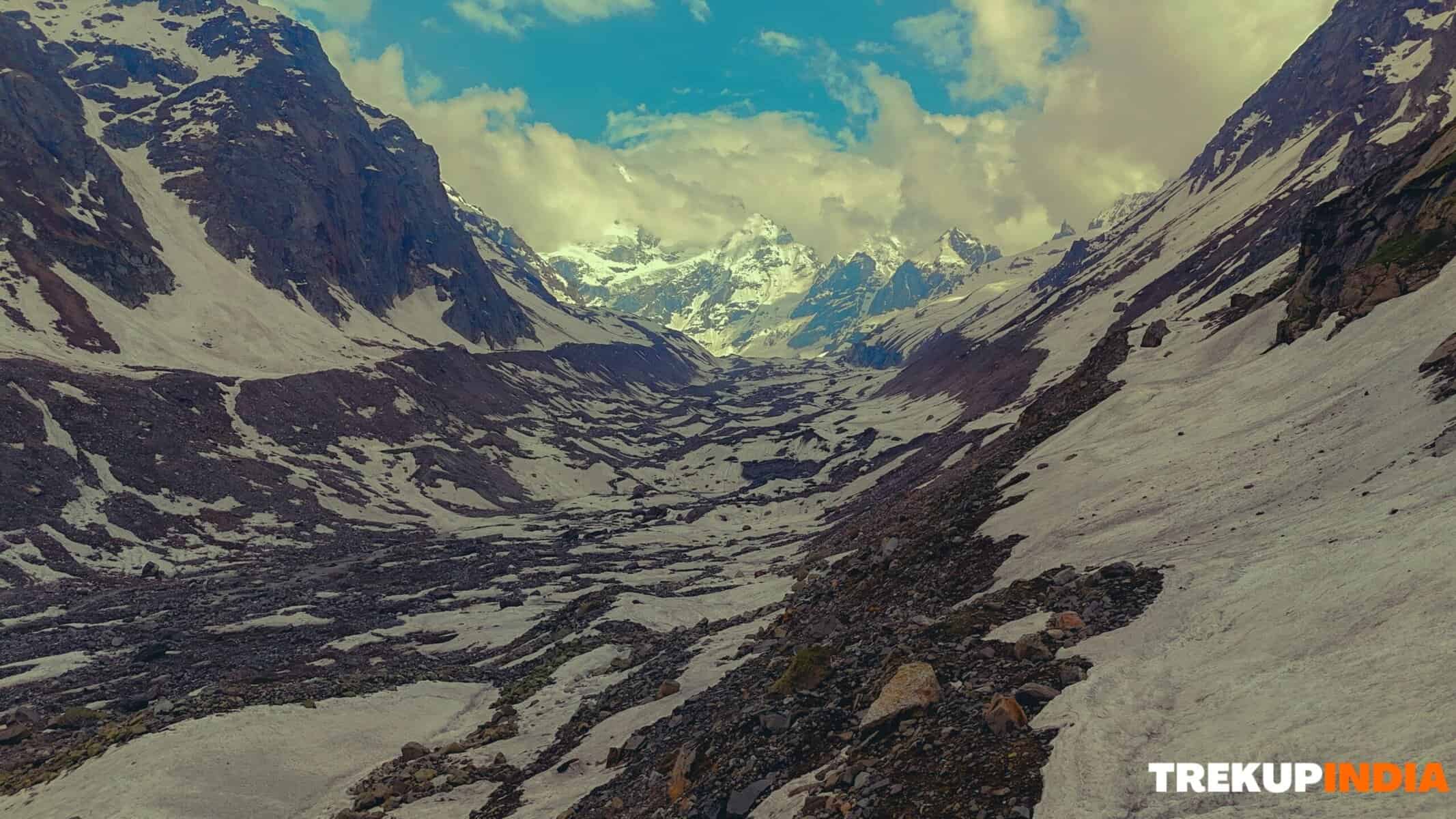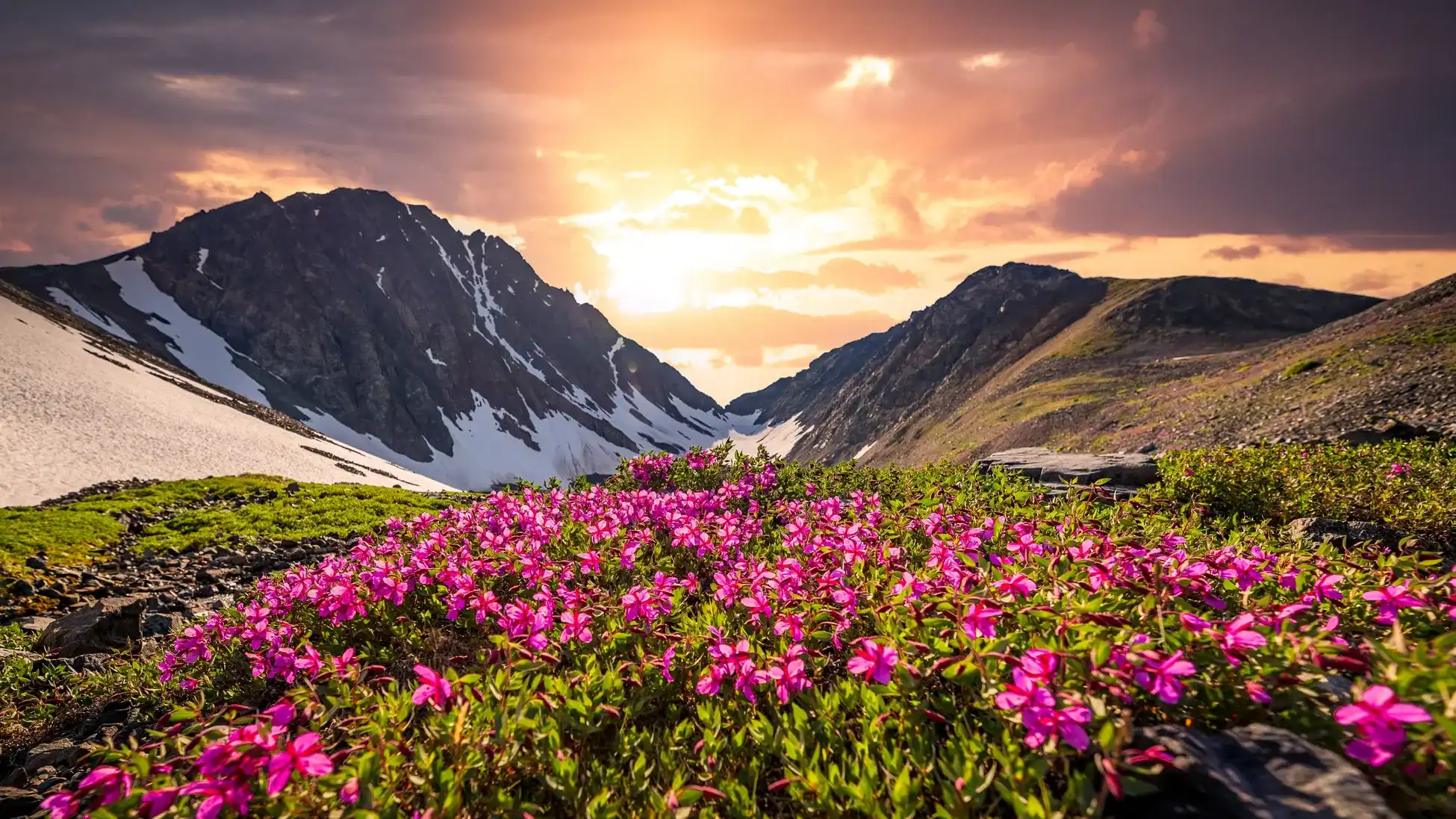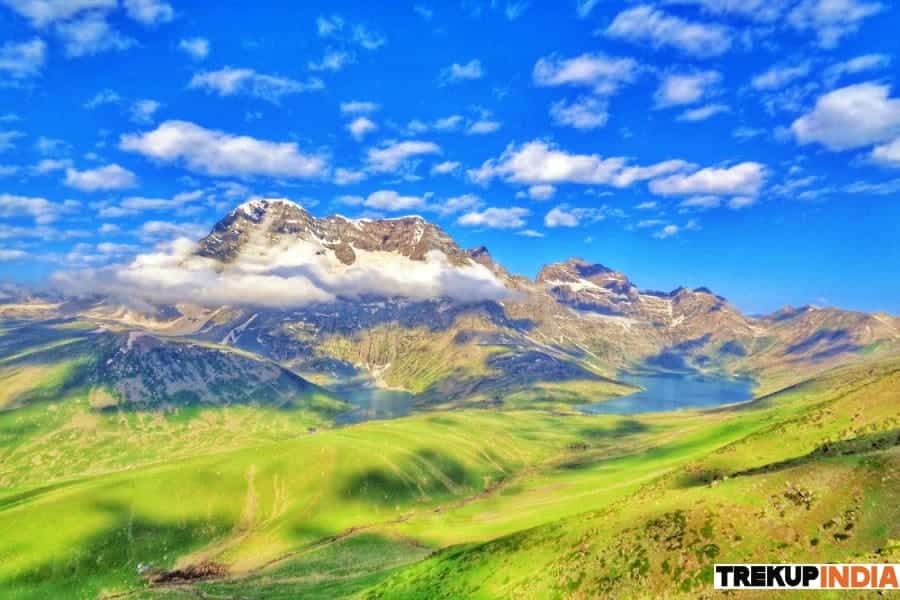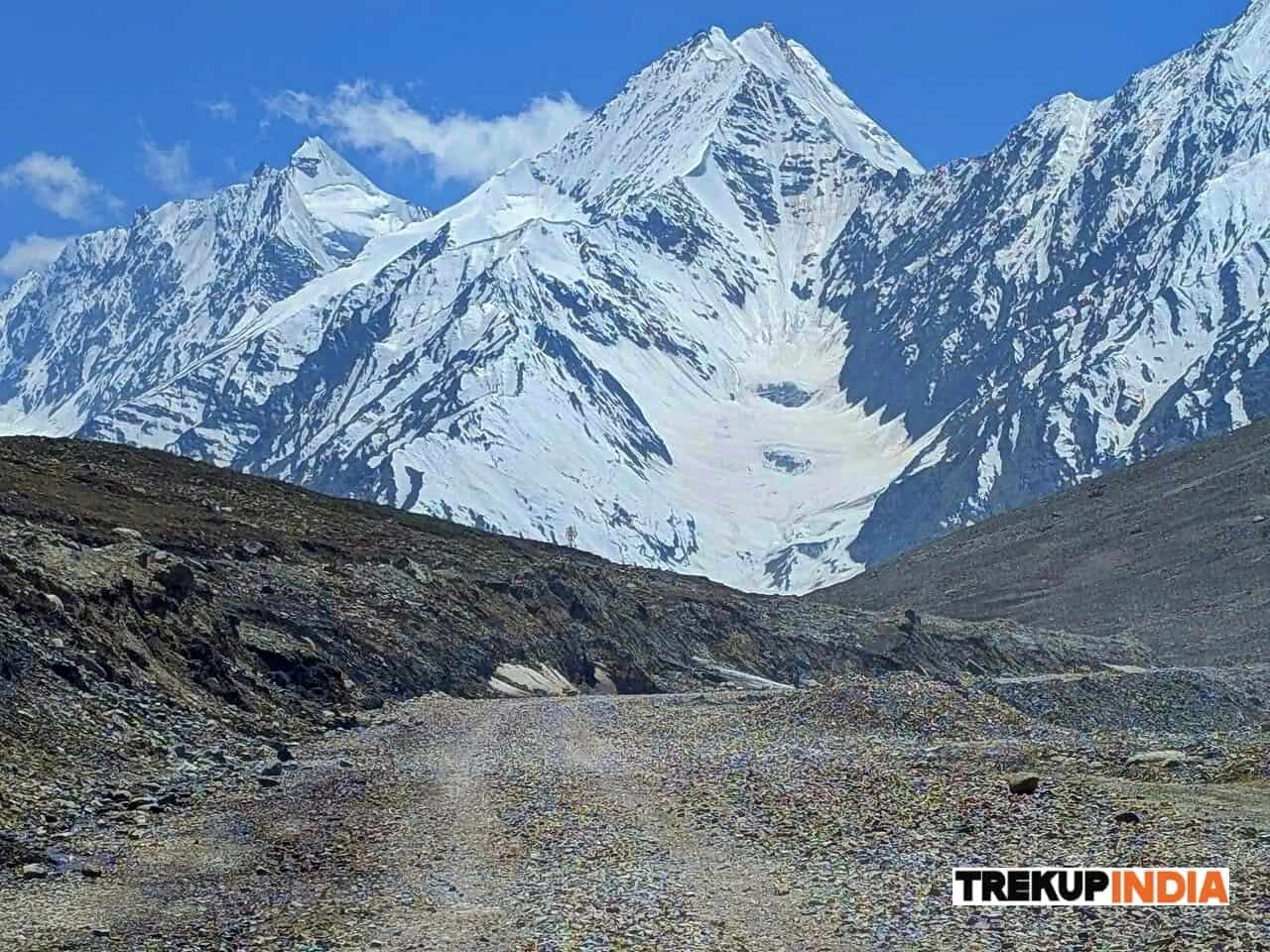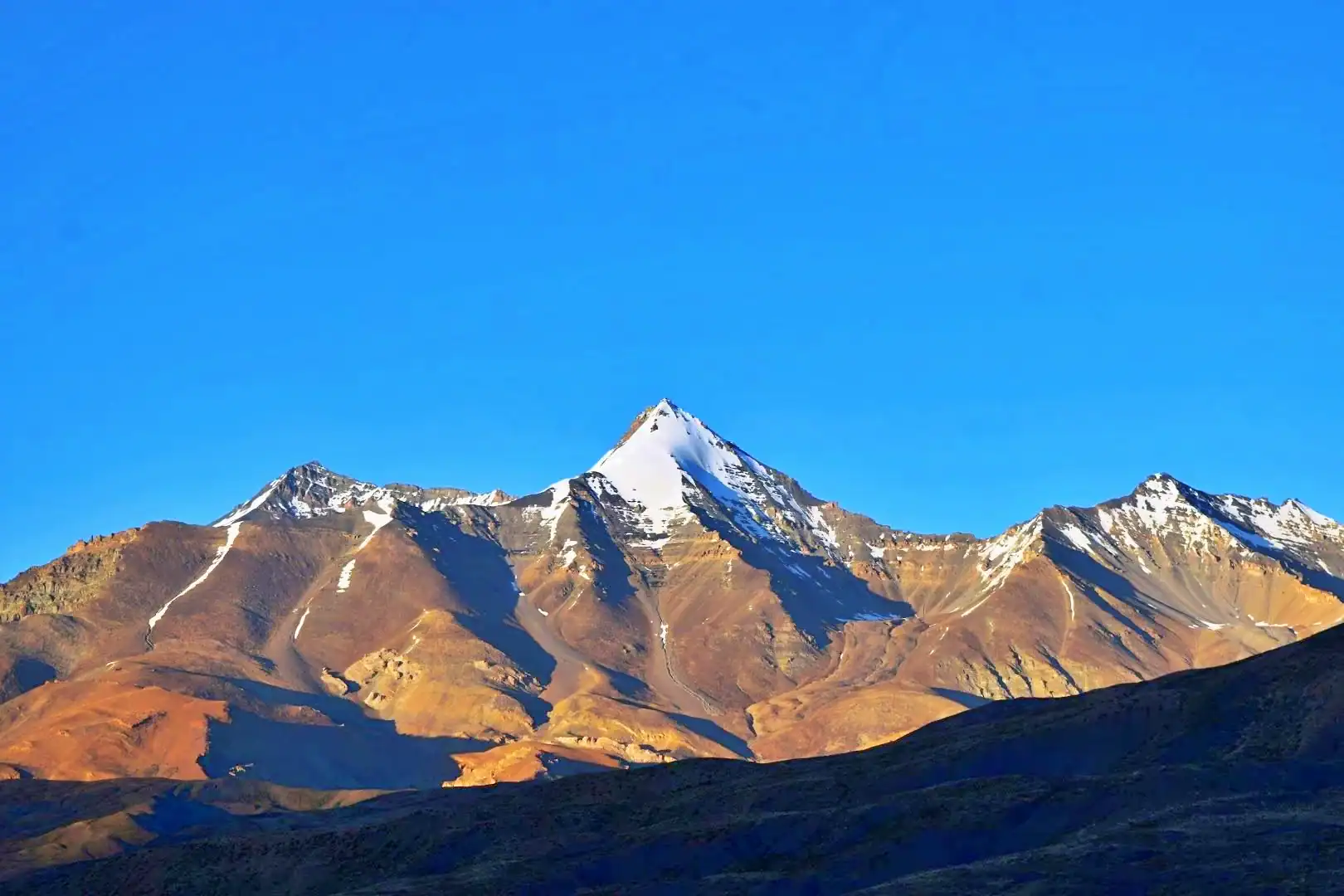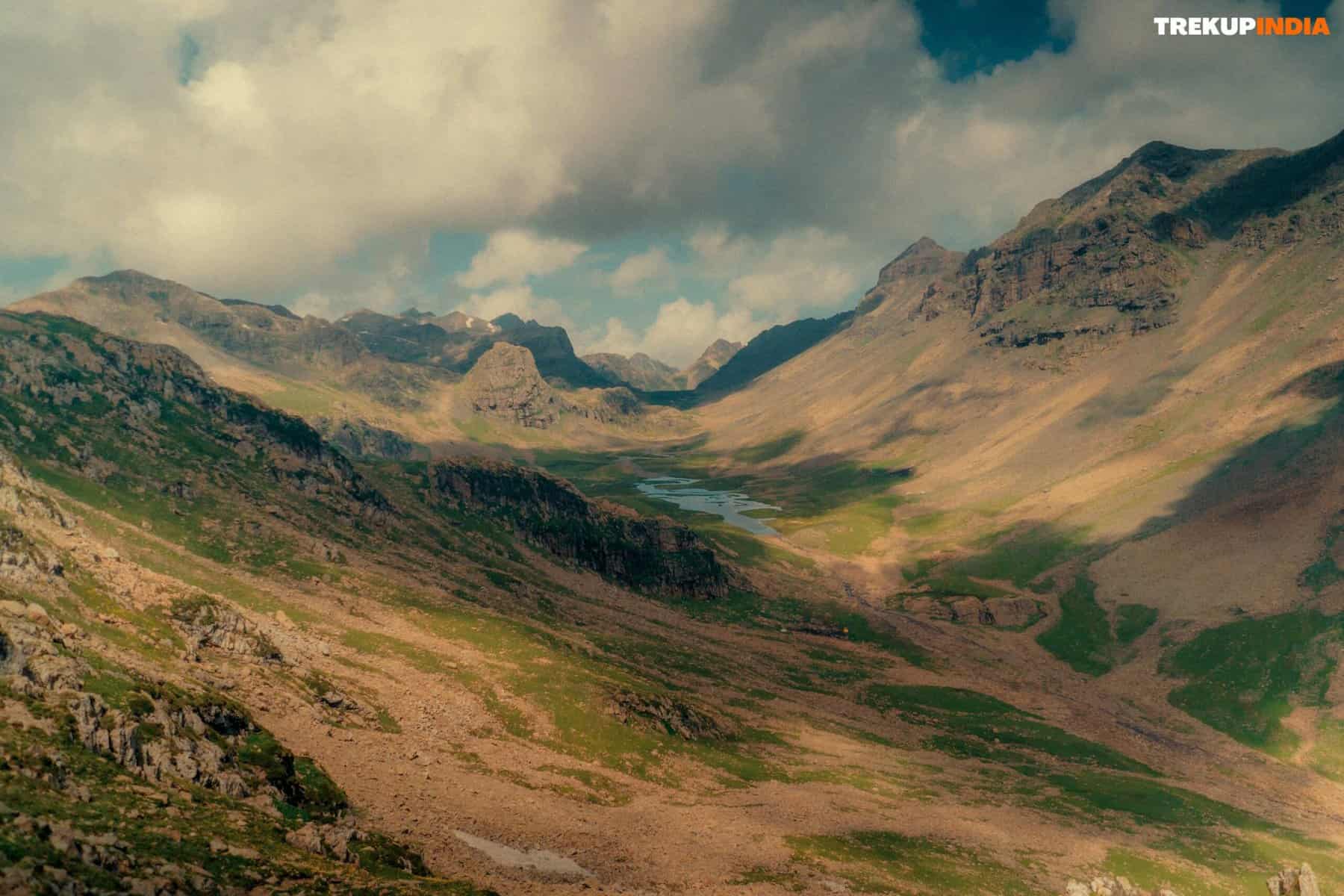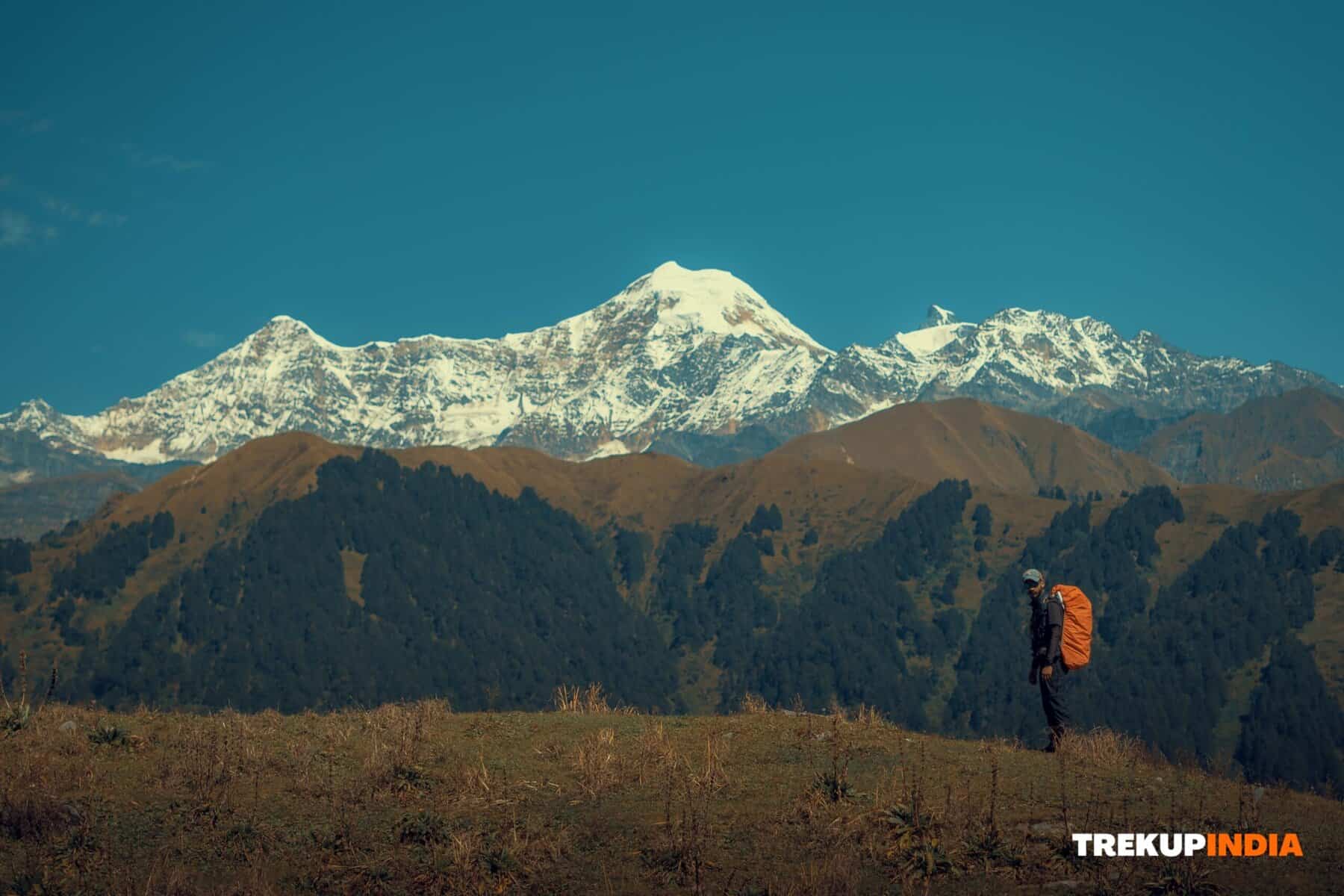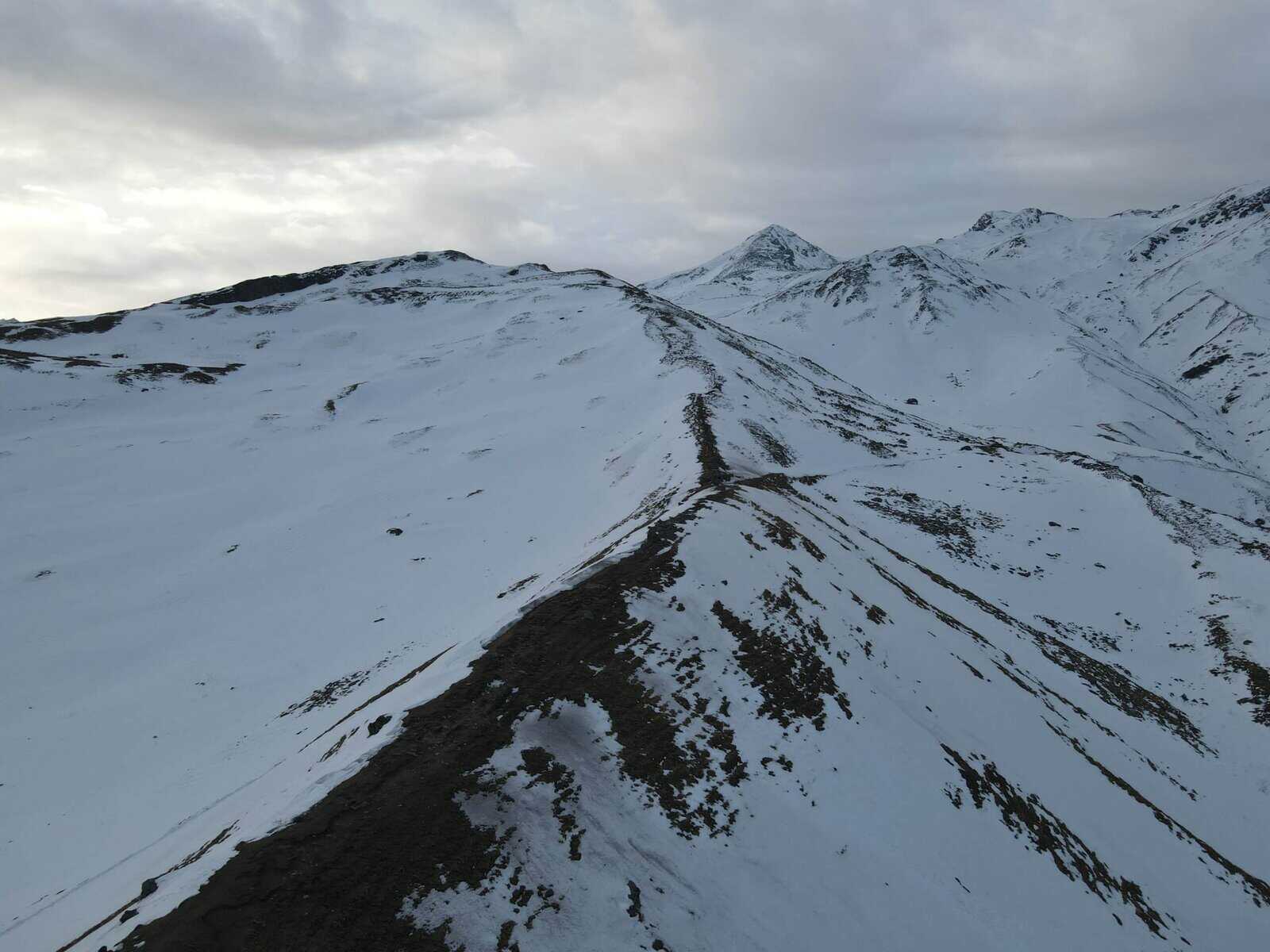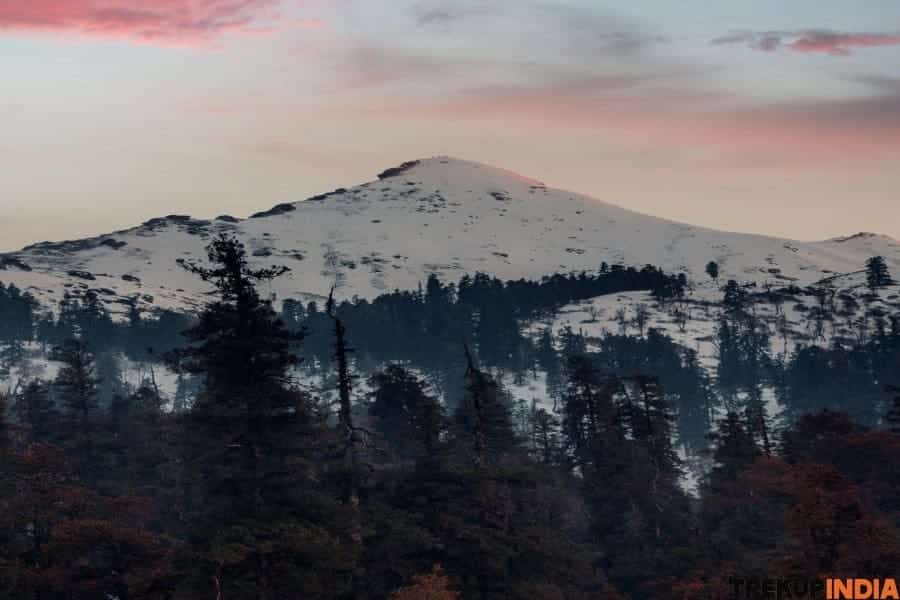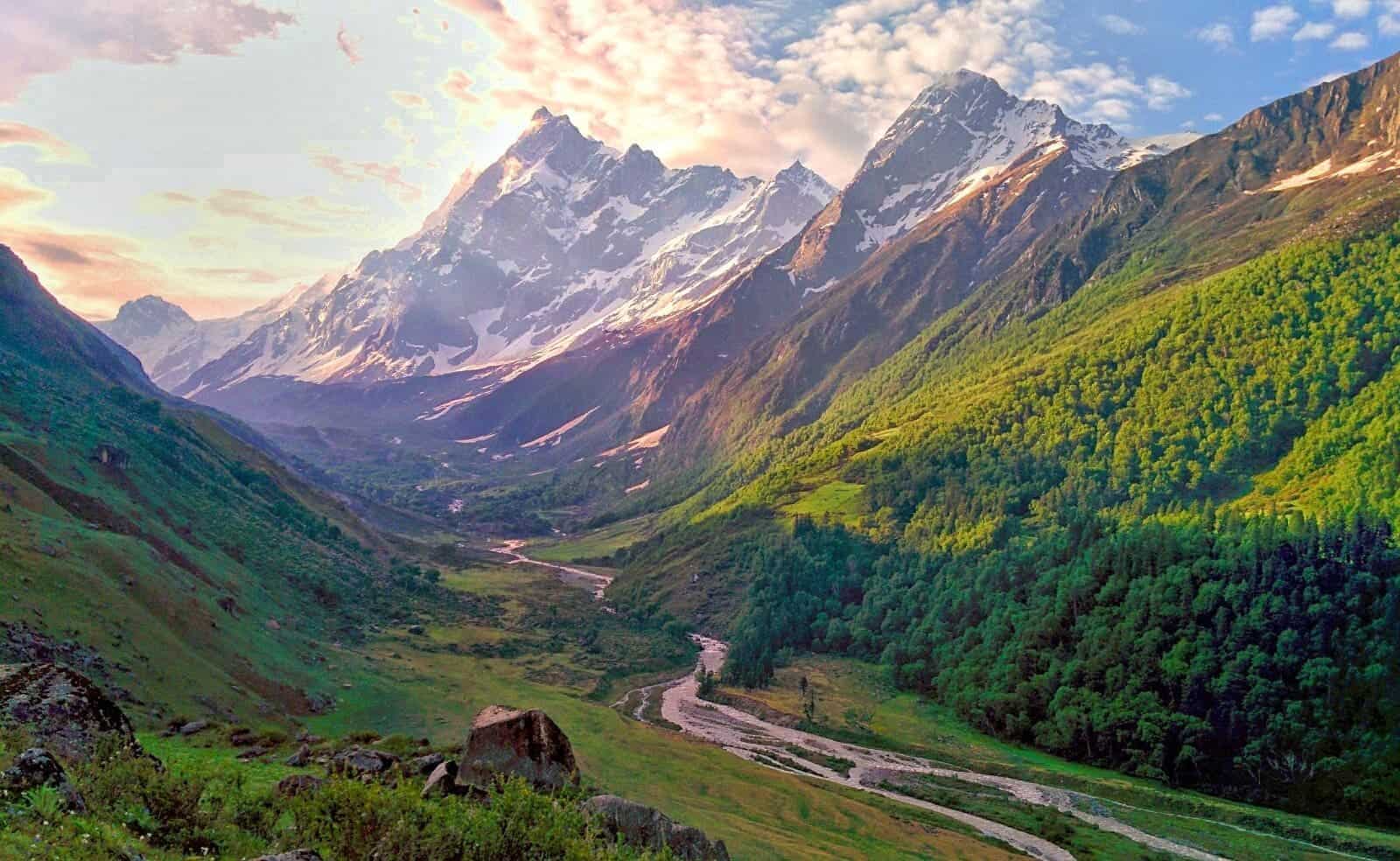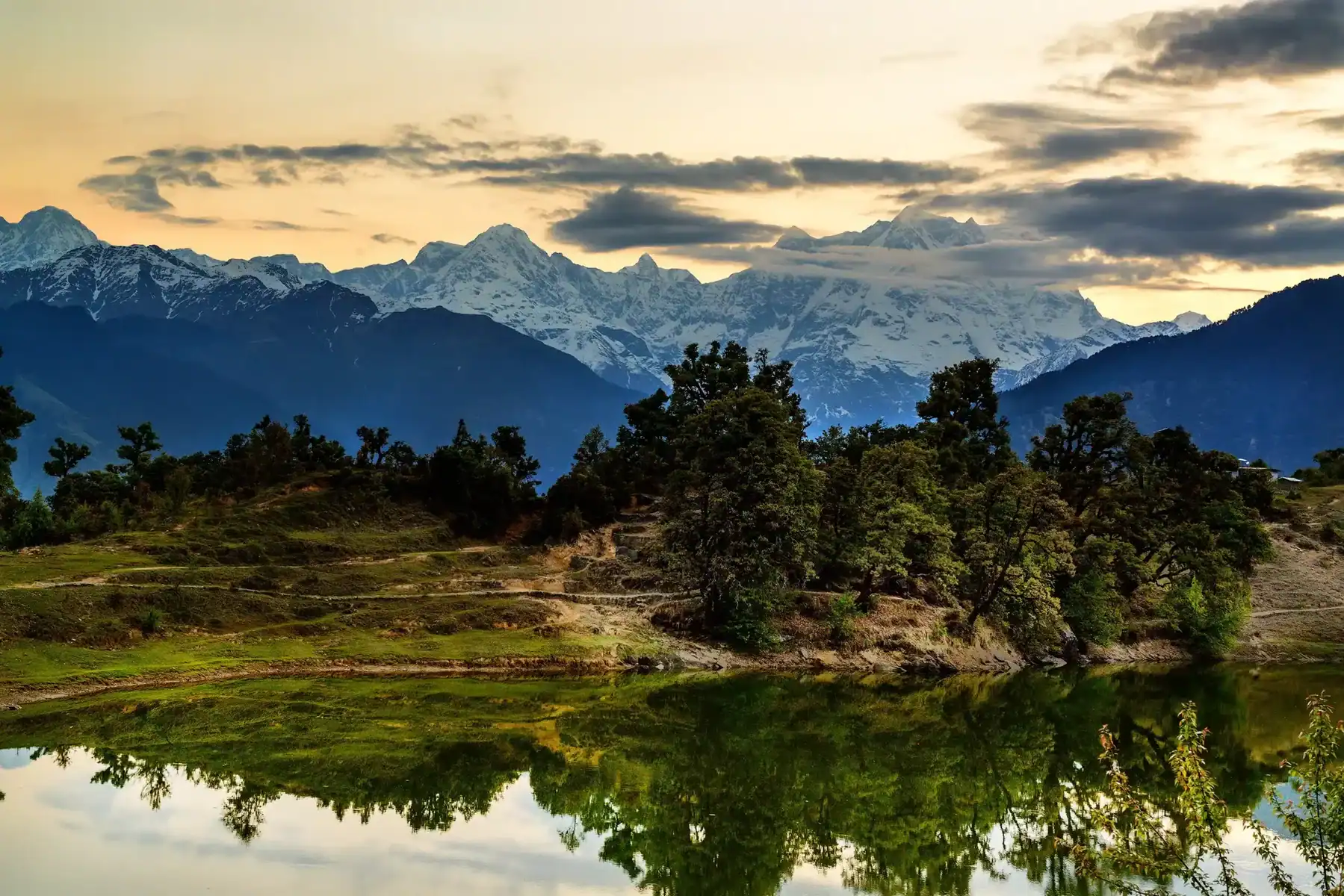Kali Cho Pass Trek
Kali Cho Pass Trek
The Kali Cho pass trek is a strenuous and challenging adventure. It requires an ascending mountain steeped up Lahesh/Alyas mountain before achieving its rocky and rugged summit on the Chamba side. The climb to the summit is treacherous, and hiring a knowledgeable guide is crucial to navigate safely and not get lost.
Trekkers must demonstrate absolute respect for the local culture and culture while traversing the region. It is important to note that Hinsa Village is not recommended since it is believed by many to be the property of Adishakti Bhagwati, which is a powerful divinity believed to create fear among the Gaddi people of the Gaddi tribe.
The trekkers who want to cross the Pass independently require authorization from the Banni Mata Temple: Banni Mata Temple. Only three trekkers are allowed at any one period. Furthermore, all trekkers must adhere to a strict timetable stipulated by the guidelines and specified times.
Kali Cho Pass is not only a race to see how long you can go; it is an experience of faith that is deeply connected to the traditions and beliefs of the area.
Best Time for Kali Cho Pass Trek
The best times to do this trek Kali Cho Pass Trek are when the weather is premonsoon (late May through early June) and the post-monsoon (September until early October) season. These seasons are:
- The weather is stable: The weather is generally calm with mild temperatures, which aids in navigating difficult ascents and rough terrain without danger.
- Controllable Snow Conditions: Early morning temperatures can be cold, but snow-frozen patches in high altitude areas make life simpler in winter months.
- Bright Scenery: Summer starts out colourfully while autumn brings breathtaking vistas with clear skies – no one could possibly ask for better views than that!
- Do not trek during the monsoon seasons (July-August) because of the excessive rainfall and potential landslides, as well as in winter (November-March), where excessive snowfall may make routes dangerous. Be sure to check the weather forecast and speak to your local guide, as the weather in the mountains can change even in the most ideal season for trekking.
Highlights of Kali Cho Pass Trek
Kali Cho Pass Trek offers stunning scenic beauty and cultural traditions, making for an exciting high-altitude journey with unforgettable highlights below.
Explore Amazing Himalayan Scenery Travel through rugged terrain offering spectacular views of snow-dusted peaks and lush meadows adorned with deep crevasses as you trek along cascading streams, breathtaking crevasses, deep crevasses and cascading streams offering breathtaking sights that change with each step along your trek. Every trek brings new panoramas that provide new breathtaking experiences along the journey.
Challenging Terrain and Altitudes: While the Kali Cho Pass Trek is known for its steep ascents, rapid increases in altitude, and treacherous routes – particularly around Kalicho Pass, rest assured that your safety is our top priority. Our experienced guides and support staff are well-equipped to ensure your trek is both challenging and safe, rewarding trekkers with one of the world’s toughest routes!
Spiritual and Cultural Encounters: Along this route are sacred sites such as Bharmani Mata Temple, Diggu Wajra’s Temple and Trilokinath Temple – each offering rich spiritual and cultural encounters. Local myths about Adishakti Bhagwati further enrich this experience, providing added depth.
Enjoy a glimpse into village life in Badgran, Bhadra and Bansar Goth, where traditional Gaddi lifestyles flourish. Local customs and hospitality will give an insight into rural Himalayan living.
Experience an Exciting Variety of Adventure Trekking Routes: The Kali Cho Pass Trek provides adventure seekers of all levels an exciting trekking journey. Ranging from gentle acclimatization hikes and river crossings, through steep ascents and more challenging treks with steep ascents and river crossings; every route provides its own set of challenges and rewards ensuring every trekker, no matter their experience level or knowledge will find something memorable on these treks.
Detailed Day wise Itinerary of Kali Cho Pass Trek
Day 1: Bharmour – Bharmani Mata Temple – Bharmour (6 km Round Trip)
- Arrival and Acclimatization: You will arrive in Bharmour and visit the hotel. The morning is spent resting and acclimatizing yourself to the elevation.
- Afternoon Trek: Following lunch, take off on a leisurely 3 km walk beginning at Bharmour up to Bharmani Mata Temple. The temple is situated on a picturesque ridge. The total distance for the round trip is 6 km, which is ideal for the first day.
- Night: Return to the hotel you stayed at in Bharmour to stay the night.
Day 2: Bharmour – Badgran – Bhadra (28 km by Taxi & 5 km Trek)
- Morning Drive: Following breakfast, travel by taxi to Badgran, a village that members of the Gaddi community mainly inhabit.
- Afternoon Trek: Beginning from Badgran, start a five-kilometre trek that will take you to the small village of Bhadra, the final settlement along this stretch. Take in the beautiful scenery as well as the genuine rural beauty as you travel.
- Night: Spend the evening in Bhadra, taking in the local culture.
Day 3: Bhadra – Leundi (12 km Trek)
- Morning departure: Set out from Bhadra for a 12-km walk to Leundi. This trail is a mixture of easy paths as well as a few steep climbs that are interspersed with refreshing little streams.
- Cultural Visit: Visit the small temple dedicated to the goddess Bhadrakali located in Leundi. It is a wonderful location to take in the spiritual atmosphere of the area.
- Night: Camp over the night in Leundi and be surrounded by deep forest and sprawling meadows.
Day 4: Leundi – Bansar Goth (10 km Trek)
- Early morning trek: Start the 10-km hike from Leundi towards Bansar Goth after breakfast. The trek is comprised of steep ascents and descents and also involves crossing several smaller streams.
- Spiritual Connection: You will arrive at Bansar Goth, a place that is revered by the residents as the site of incarnation for Banni Mata.
- The evening: Enjoy the luxury of staying in the local campsite and revel in pleasure in the serene and sacred setting.
Day 5: Bansar Goth – Alyas (Lahesh) (7 km Trek)
- Morning Get-Up: Begin your day off with a jolt of breakfast in Bansar Goth, then set off for a 7km hike towards Alyas, locally called Lahesh. This region serves as the basis for high-altitude passes.
- On the way: Experience easy but steady ascents. There are some steep parts. Have a delicious lunch when you arrive at Alyas.
- Night: Relax and rejuvenate at Alyas to prepare your mind and body for the toughest next day.
Day 6: Alyas – Over Kalicho Pass – Alyas (12 km Trek)
- Early morning departure: Get up early (around 4:00 am) to benefit from good weather. Your guide will evaluate the weather conditions to ensure a safe journey.
- The Ascent: The Ascent: through Alyas to Kalicho Pass along a 10-kilometre track. Though the distance appears small, the rapid increase in altitude, the climbing vertically, and the taxing terrain make it the most challenging portion of the trek.
- Summit Experience: On the top of Kalicho Pass, visit the little Kali Mata Temple before beginning the descent.
- Retour: Return to Alyas and complete a 12 km round trip. The weather window is crucial; if delays happen, heavy rain or snow could cause problems for the traverse.
Day 7: Alyas – Trilokinath – Udaipur (10 km Trek & 14 km by Taxi)
- Morning Descent: After Breakfast, descend from Alyas along a rough trail along the Nallah until reaching Trilokinath Temple, known for its rich history and spiritual significance.
- Temple Visit: Enjoy an afternoon exploring Trilokinath Temple by immersing yourself in its rich history and spiritual meanings.
- Final Step: Board the taxi for a 14 km drive from Trilokinath towards Udaipur and stay overnight there, or continue onto another trek or adventure.
Final Tips
- Preparation & Gear: Ensure you carry all necessary equipment, including proper trekking gear, as conditions can be challenging–especially on the Kalicho Pass crossing.
- Acclimatization: Utilize the first few days of your stay to adjust appropriately to altitude and the terrain.
- Respect local customs: To add an authentic cultural aspect to the trek, remember local customs and sacred spots along the journey.
- Flexible: Weather could alter plans, so it is wise to be flexible with any schedule changes as much as possible and follow all instructions from your driver for a safe journey.
How to Reach For Kali Cho Pass Trek
Completing the Kali Cho Pass Trek involves various train, air, and even road transportation before you can wear the trekking shoes. This step-by-step plan will guide you on your way:
1. Nearest Airports & Railway Stations
Air:
- Gaggal Airport and Pathankot Airport are the closest airports with connections to major cities. When you arrive at the airport, you may employ a taxi service or an express bus from Chamba district. Chamba district.
Rail:
- Pathankot Railway Station: It is the nearest railway station. The major cities of New Delhi and Jammu are connected by trains. From Pathankot, the local transportation will take you to the Himachal region.
2. By Road to the Trek Starting Point
- Travel to Bharmour:
- Via Taxi/Bus Starting from Pathankot or Chandigarh, you can take a taxi or get the bus heading to Chamba. Bharmour, situated within Chamba, in the Chamba district, is the central point to begin your hike.
- Scenic Drive The trip is picturesque but may also involve twisting small mountain roads. Booking a taxi in advance or booking transportation with a reputable trekking service is a good idea.
3. Initial Acclimatization at Bharmour
- Day 1 – Acclimatization Trek:
- When you arrive at Bharmour, Spend the time acclimatizing. The most popular choice is to take the short trek of 3km to Bharmani Mata Temple, which is located nearby. Bharmani Mata Temple. The temple is situated on the ridge that overlooks Bharmour.
- The gentle hike will help your body adjust to a higher altitude and introduce you to the spiritual and cultural nature of the area.
4. Local Guidance & Permissions
- Locate an Experienced Guide: Engaging an expert local guide is of utmost importance when travelling in unfamiliar terrain since they will accompany you over remote roads, obtain necessary permits, and ensure adherence with local customs and holy locations.
- Permits: Prior approval is required in regions of the trek, including those traversing sacred sites like the one close to Banni Mata Temple; your trekking guide will assist you with this process.
Dates For Upcoming Treks
Want To Trek Like Pro?
Basically, watch these videos if you want to trek the same way professional trekkers do and make your skills better. These videos contain useful tips and techniques to further improve your trekking skills itself. These videos actually help both new and experienced trekkers improve their trekking skills. These videos definitely provide useful tips that make your trek better. We are seeing that these videos by Trekup India experts will only help you make your trekking skills better.
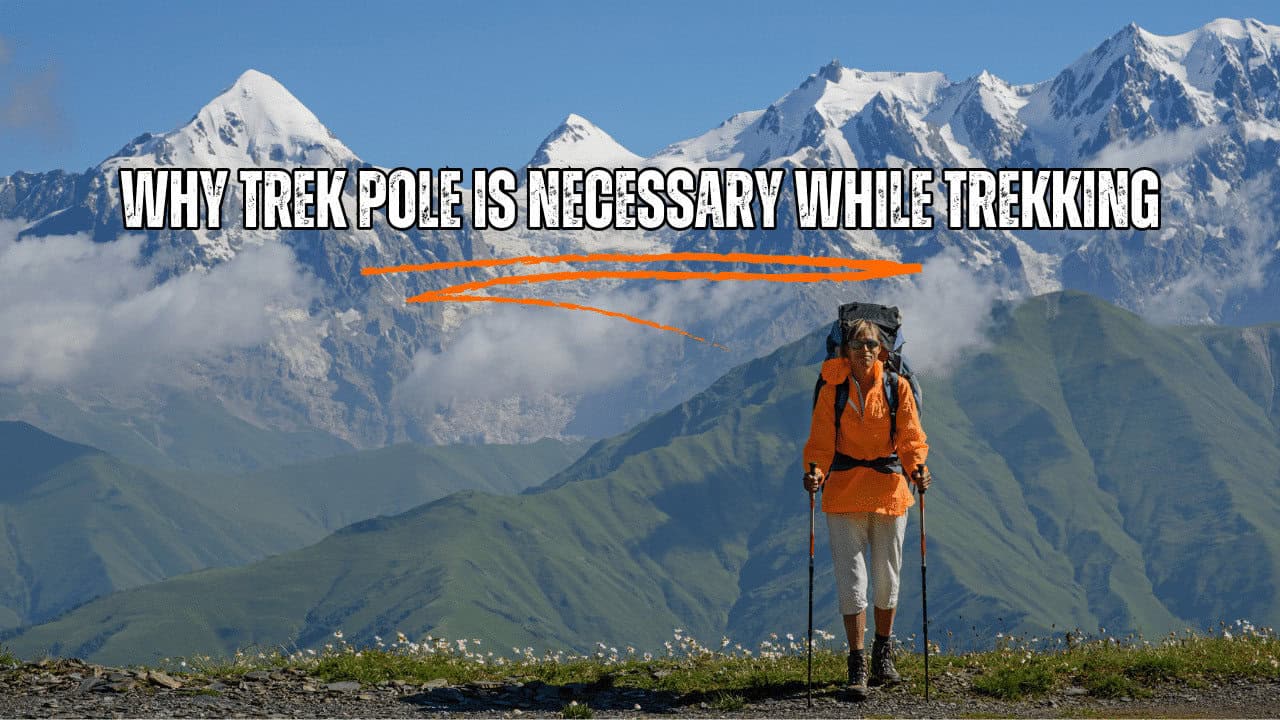




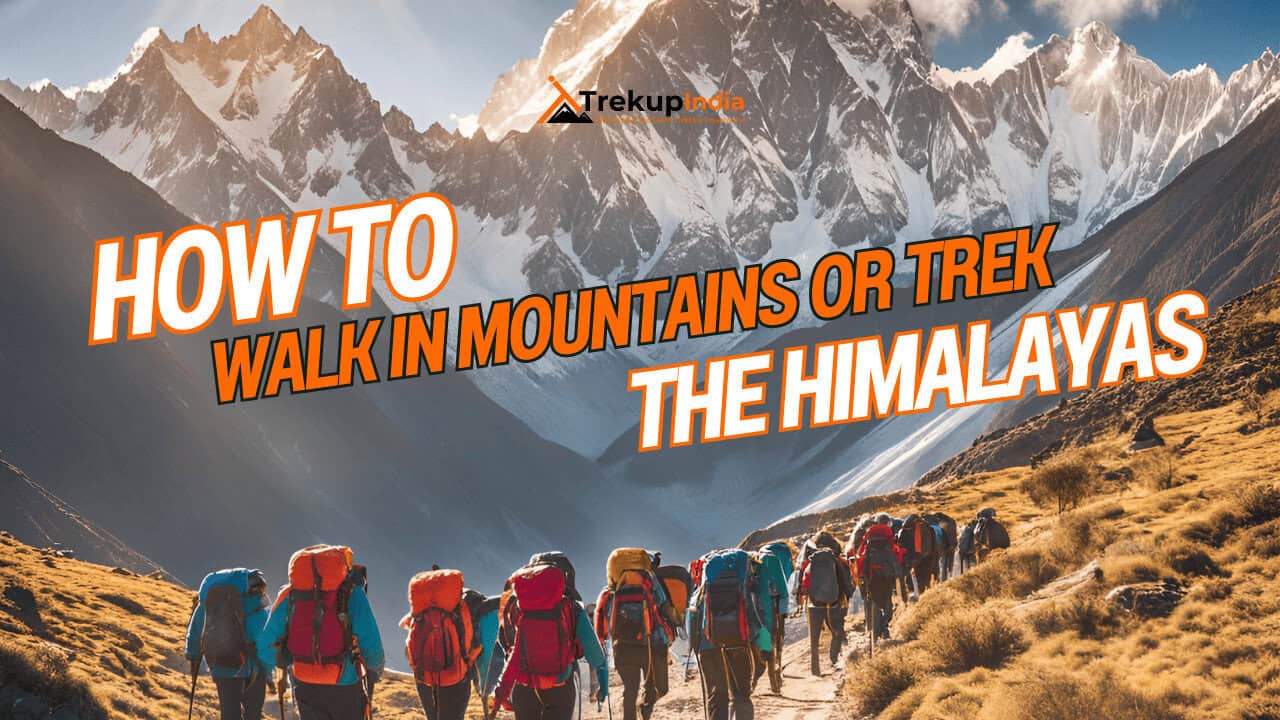

Know Everything About Acute Mountain Sickness
Acute Mountain Sickness occurs when people trek to high altitudes above 8,000 feet. This condition itself develops further due to reduced oxygen levels at such heights. Basically, as you go higher up, the air pressure and oxygen levels decrease, which causes the same problem. Acute Mountain Sickness surely causes headache, nausea, vomiting, and dizziness in affected persons. Moreover, peoples also experience difficulty in sleeping during this condition. To avoid mountain sickness, you should actually trek up slowly to higher altitudes. To learn further about this condition itself, watch the videos by Trekup India.
